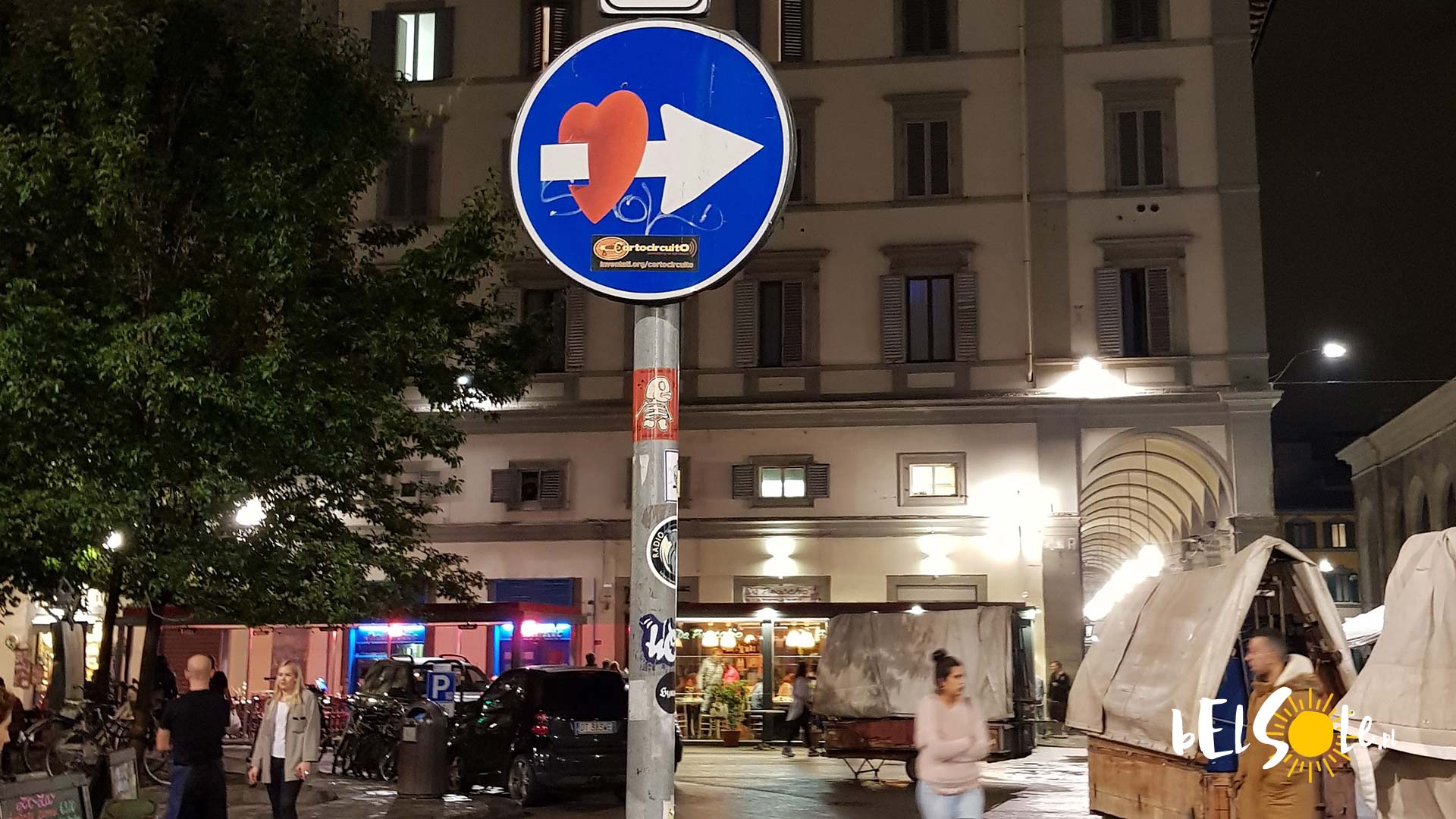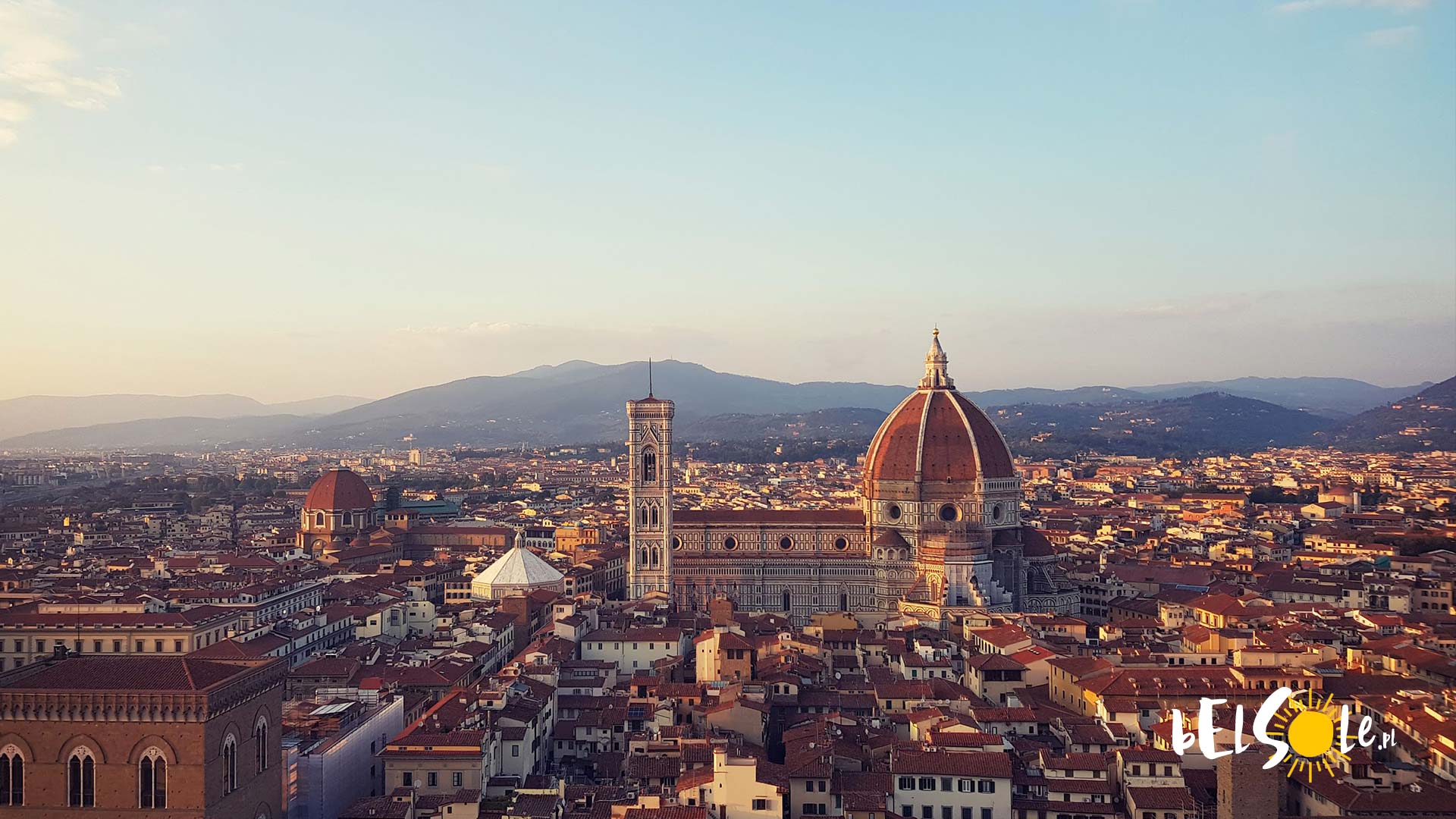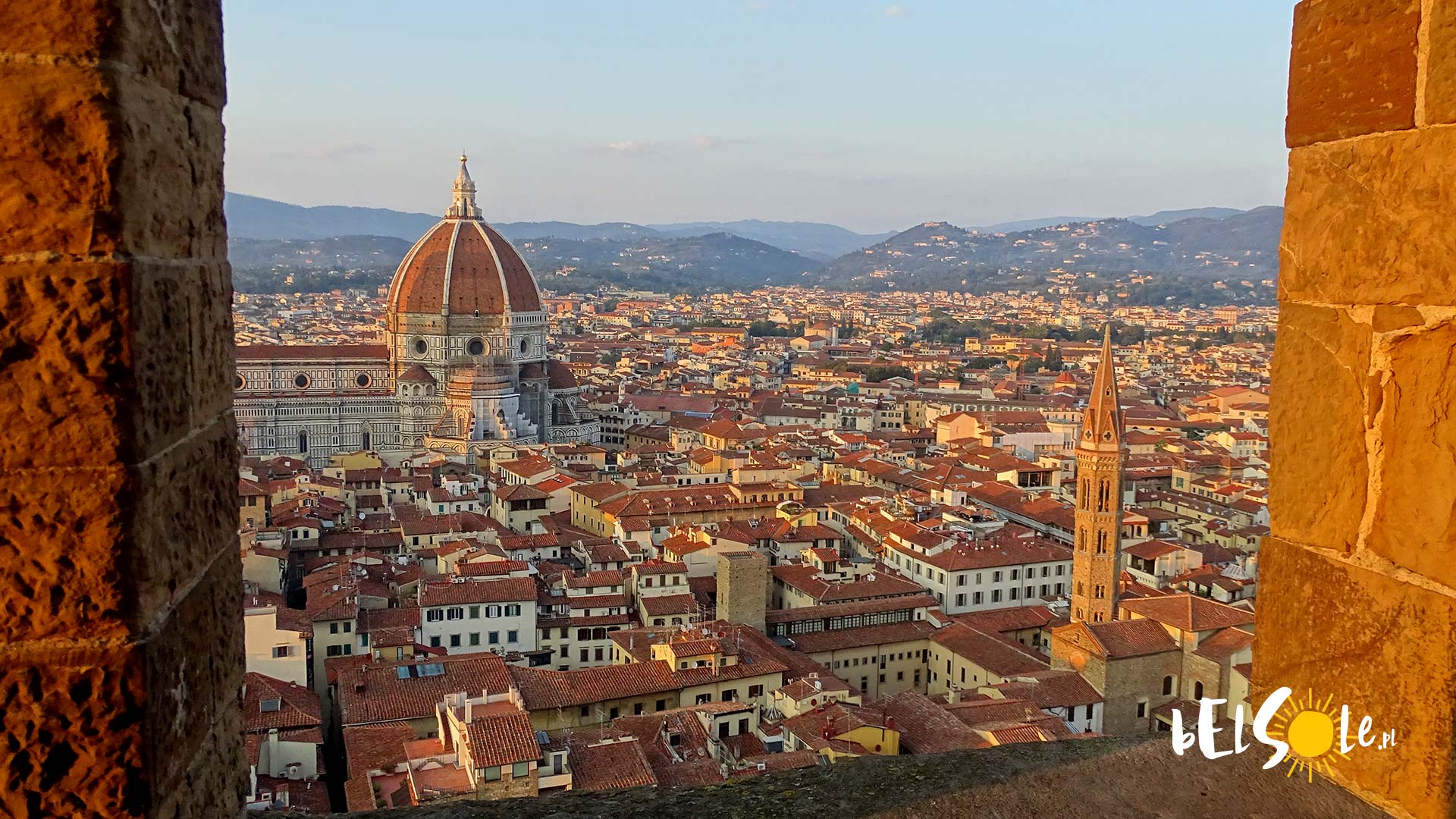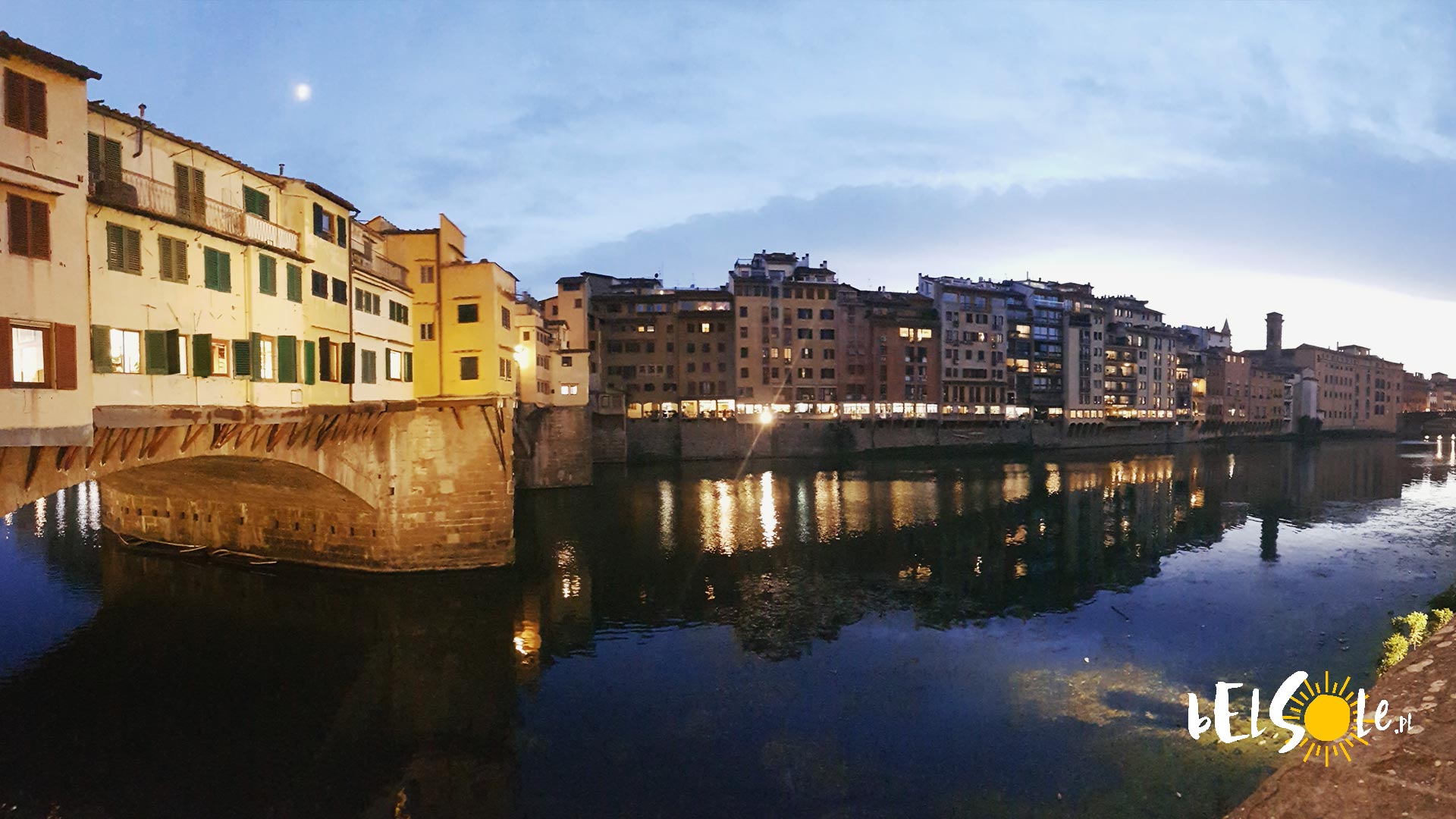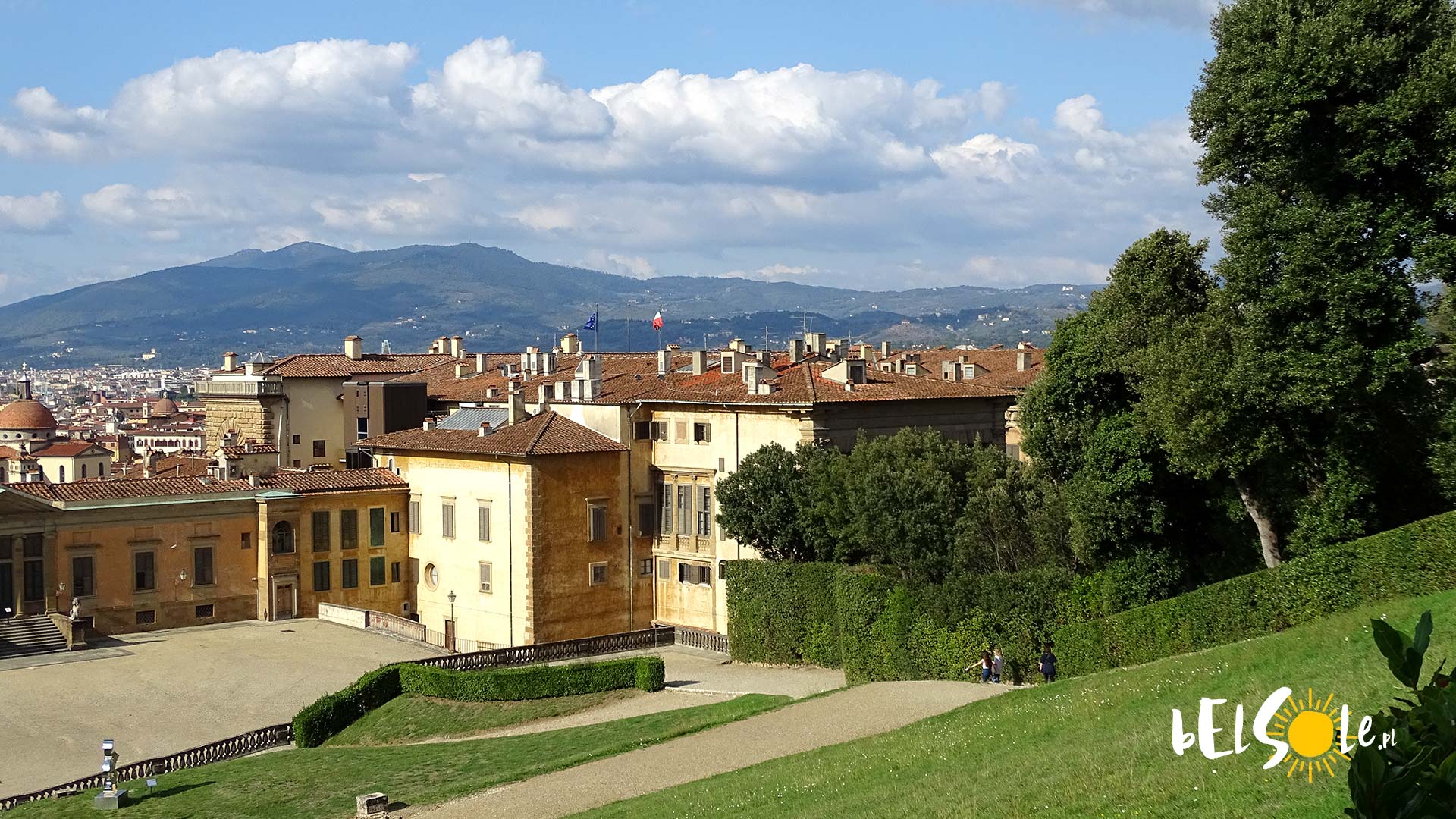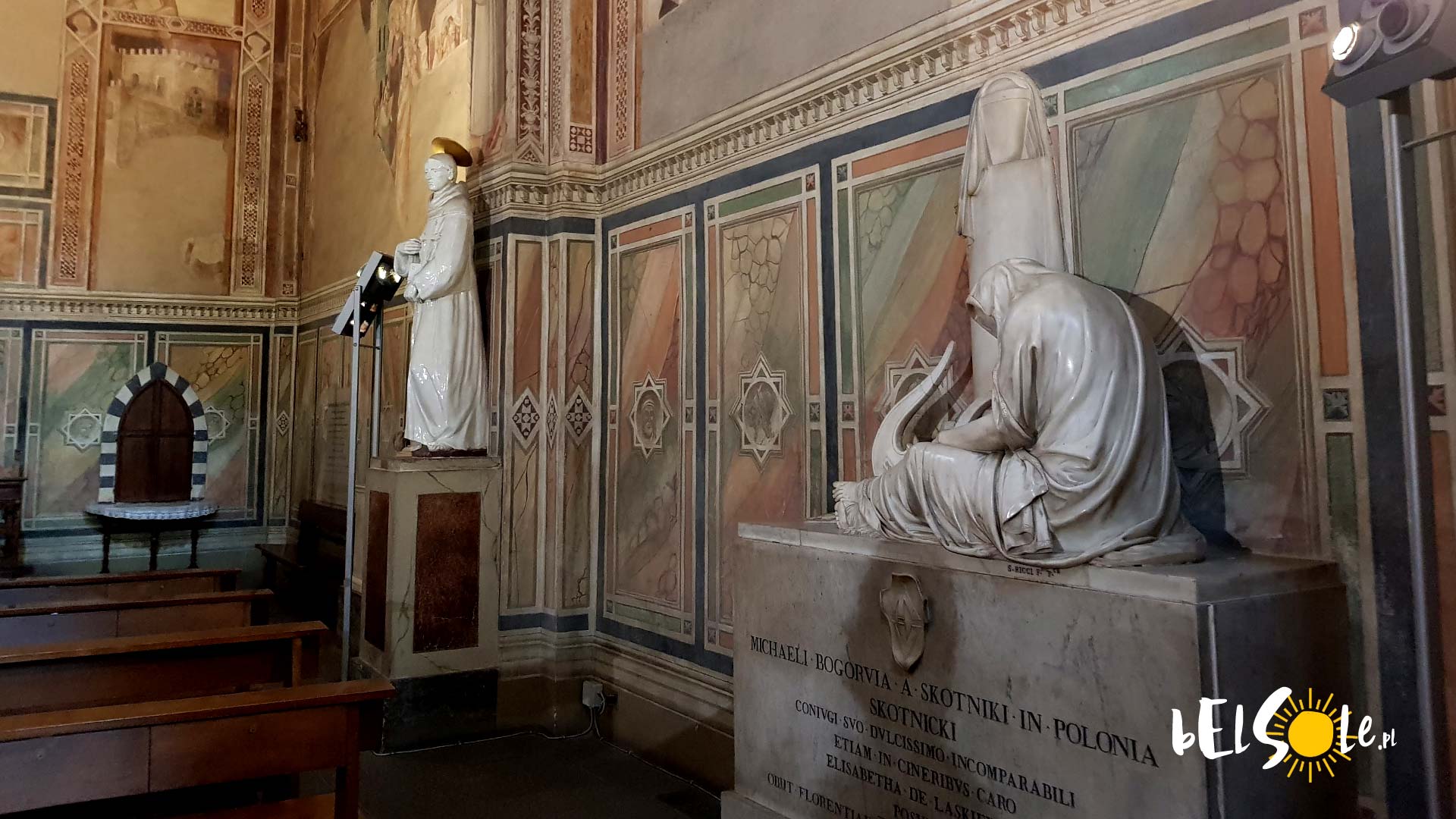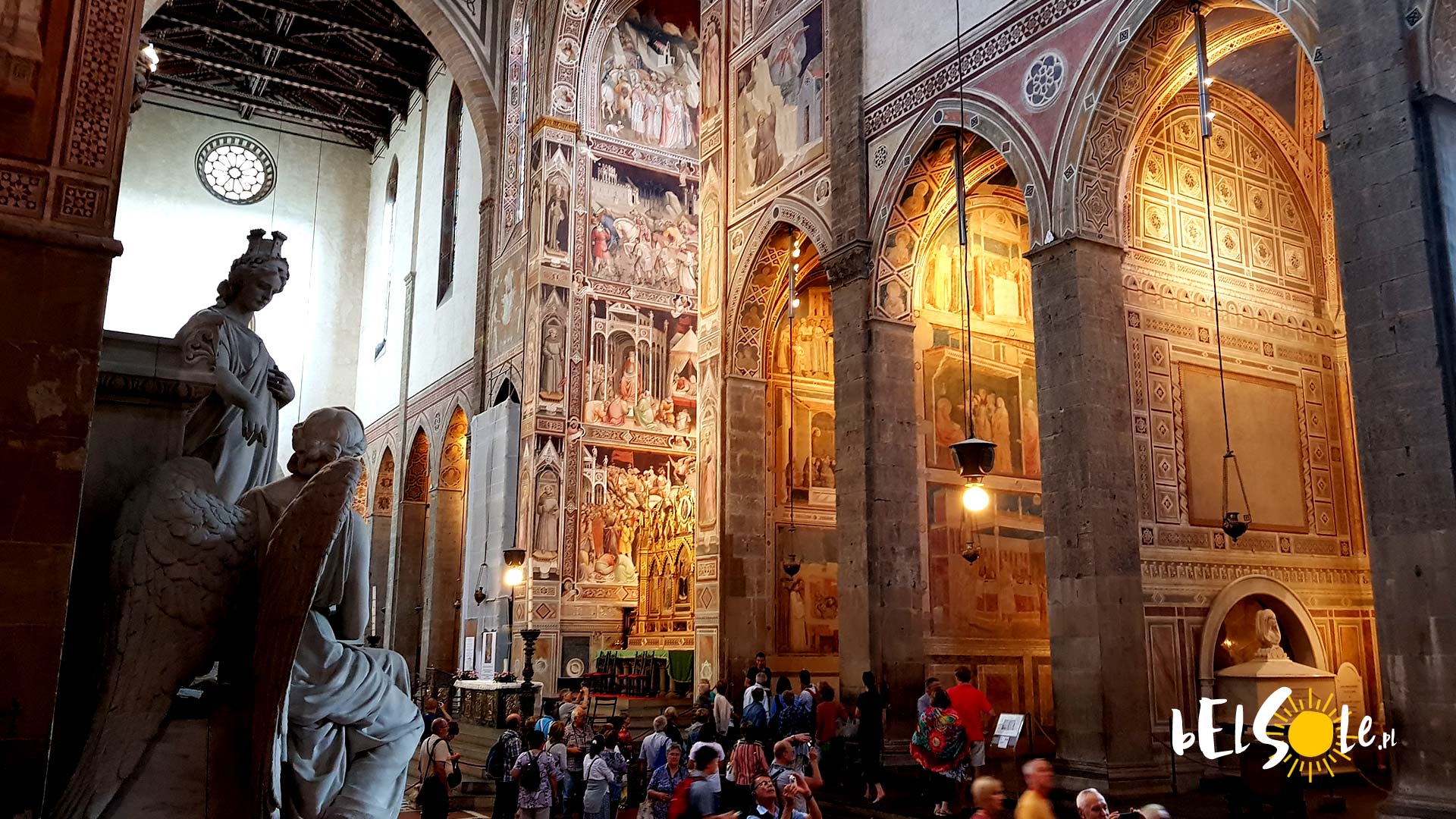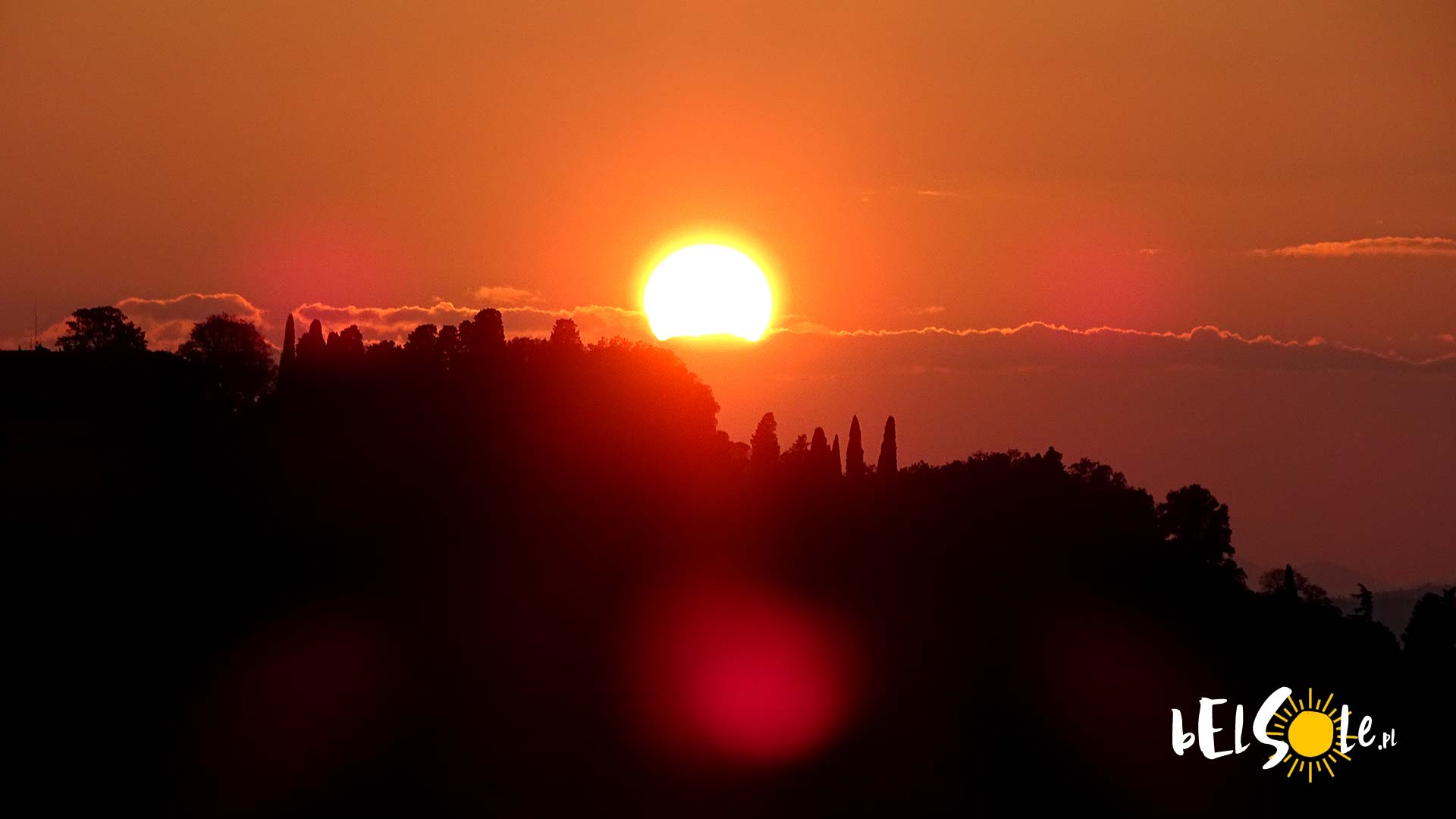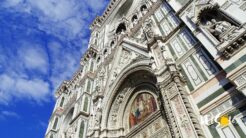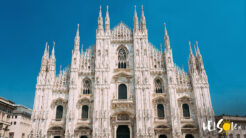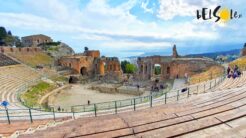Florence is a city, that has for a while now been very closely associated with broadly defined art. It’s a place where great artists like Leonardo da Vinci, Michelangelo, Botticelli Dante, Niccolò, Donatello, Machiavelli or Rafael Santi would, for most of their lives, reside and create. It comes as no surprise then, that Florence is an incredibly popular destination not only for common tourists, but also for art, painting and architecture lovers. The city’s a proper paradise for those interested in the Italian culture, history and its many monuments. So, what to see in Florence, what tourist attractions to visit?
Florence – sightseeing
Although, in many tourist cities, taxis are considered the royalty of transport, in Florence it’s most certainly better to just travel by foot, or alternatively use the local buses, as the ticket prices are quite sensible. One use ticket costs 1,20 EUR, but it’s only usable for 90 minutes. A 24h ticket costs 5 EUR, a three day one 12 EUR, a full week of travel will set you back 18 EUR. Entirely different scenario can be seen in the case of entrance tickets for the local cathedrals, museums and art galleries.
Although, most of them are available for an average of 6 – 20 EUR, buying a Firenze Card can be quite a good idea. The card costs 85 EUR, and it’s valid for use for only 72h, but it allows us to enter almost every available tourist attraction in the city. It’s not only a great investment because of the financial benefits, but it also offers us priority access to these locations, which means we can save a ton of time by skipping queues. Additionally, visiting Florence during winter should be strongly considered.
The Uffizi Gallery
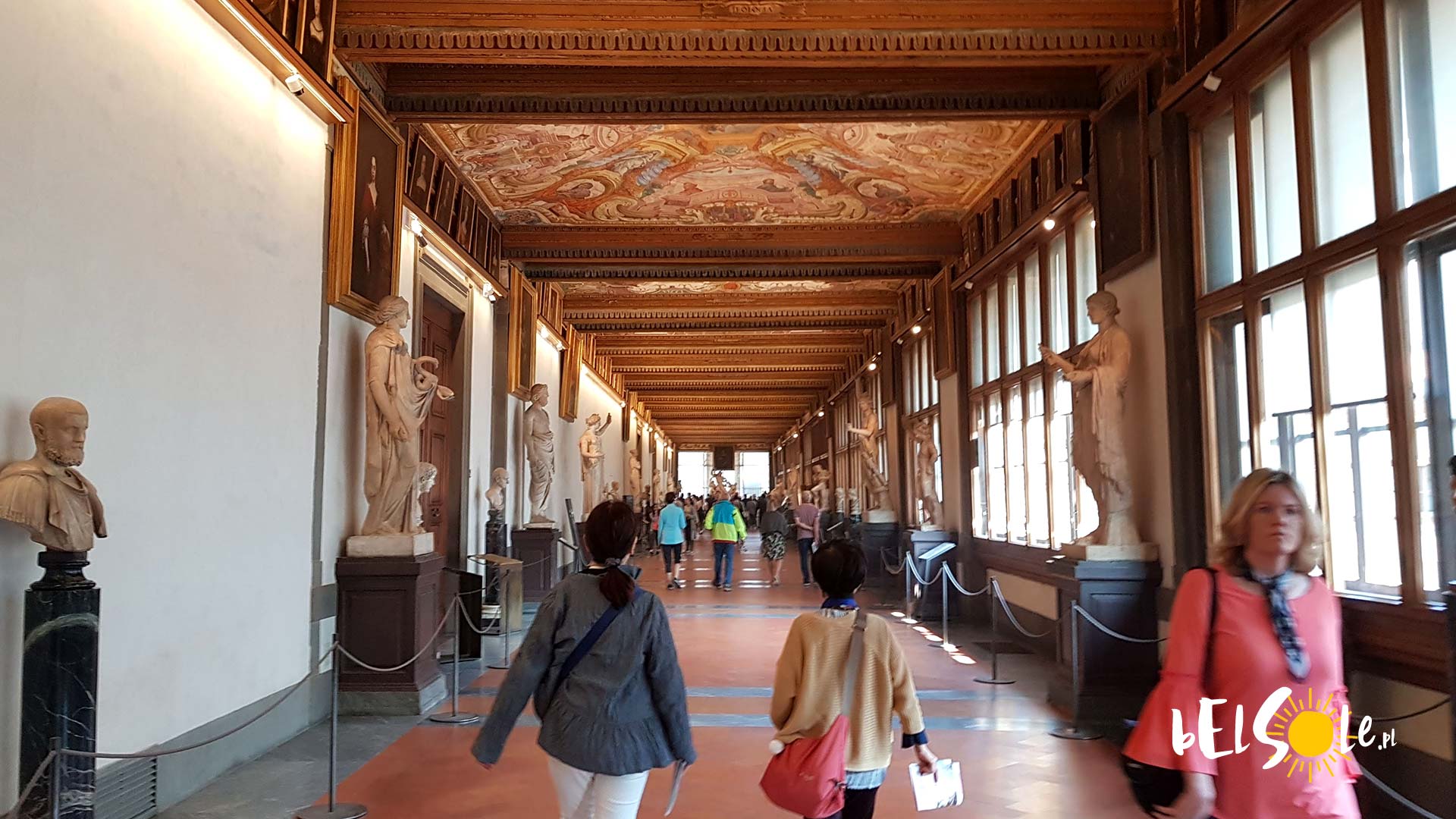
Most certainly one of the most important art galleries in the whole world, and probably one of if not the most well known place in all of Florence. It’s situated in buildings that had their building process started in 1560, by Vasari, ordered by Cosimo I. Originally, these buildings were designed to serve the Florencian office workers, but after the constructor’s death the entirety was reinforced and systematically filled with art pieces, which to this day delight.
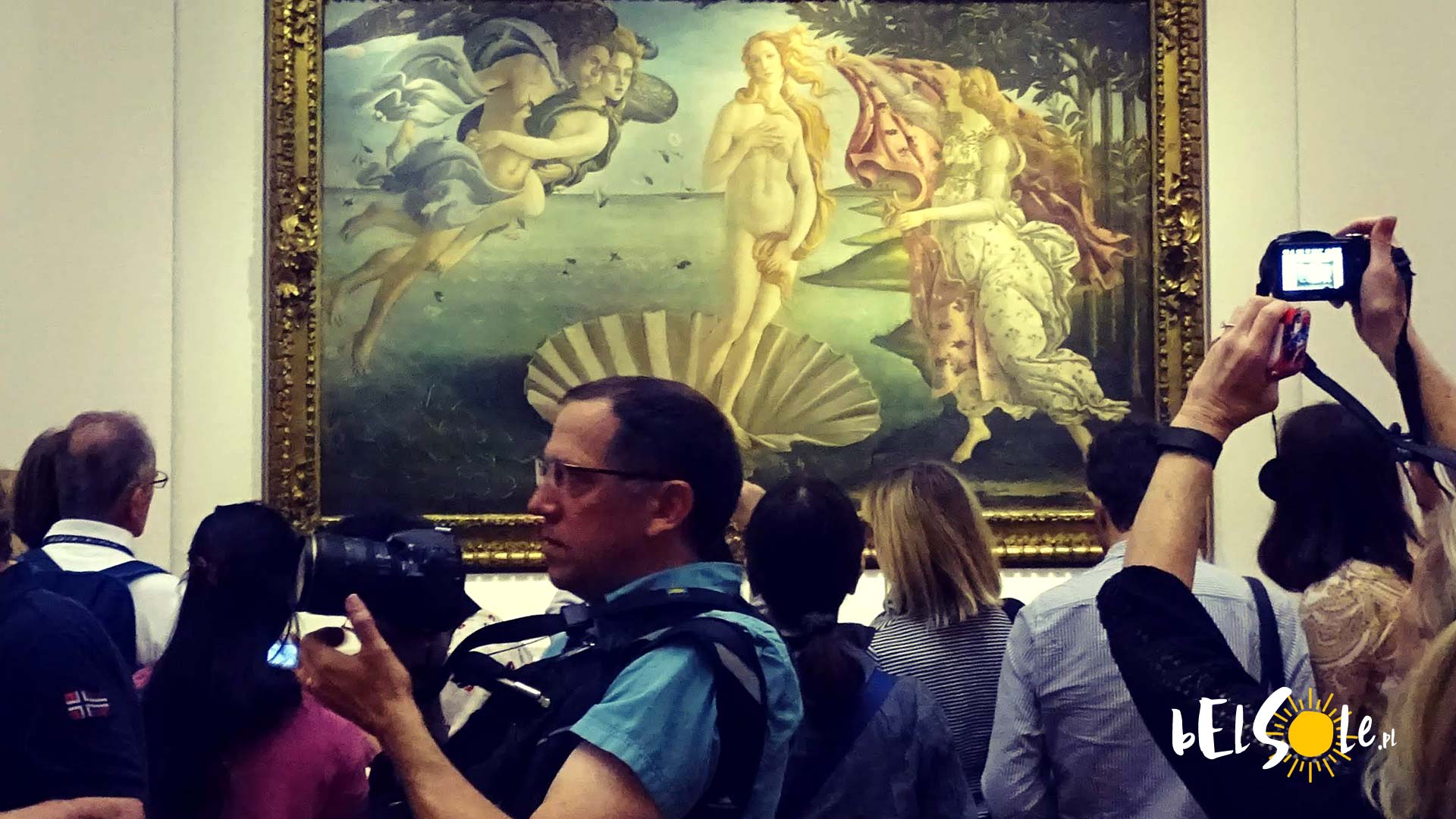
In the Uffizi Gallery collections, we can find pieces from Leonardo da Vinci, Michelangelo, Botticelli, Raffael, Rubens or even Caravaggio. Generally, the museum holds 45 rooms that are available for viewing, and inside is an exposition of over two thousand paintings. The most famous include: The Birth of Venus by Botticelli, Madonna Enthroned by Giotto, Doni Tondo by Michelangelo or The Annunciation with St. Margaret and St. Ansanus, from Martini and Memmi.
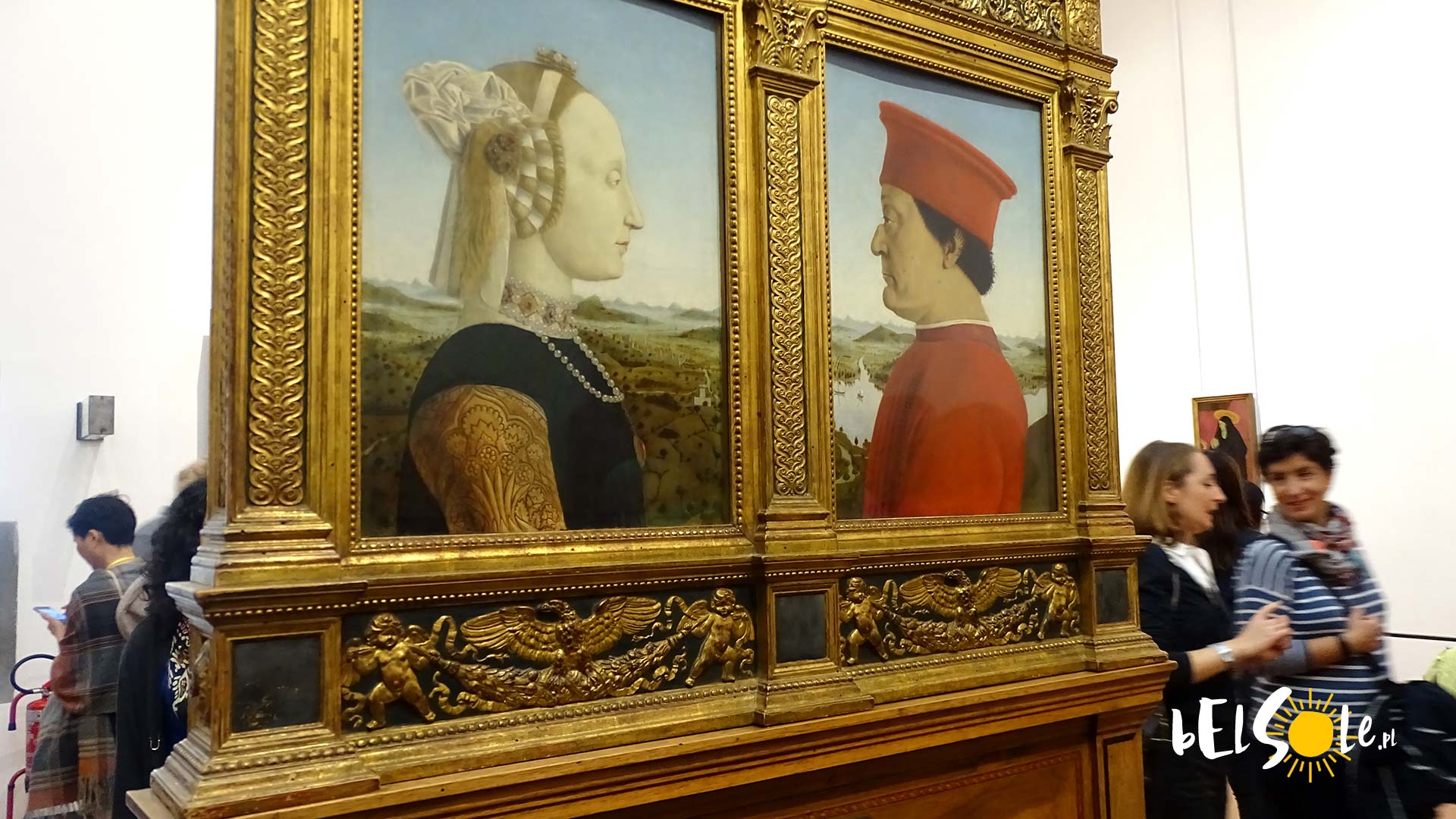
Although the Gallery is open for viewing from 8:15 to 18:50, Tuesday to Sunday, there are always gigantic queues lining up in front of the gallery, so it’s a good idea to buy the ticket online beforehand, to avoid most of the queue time. The normal ticket costs 20 EUR, concession ticket 2 EUR, and we have to add 4 EUR for an online reservation.
Palazzo Medici
The Palazzo Medici Riccardi, designed by Michelozzo di Bartolomeo, was built between 1444 and 1462. The build was initiated by one of the first representatives of the Medici family, who was to completely reshape the fate of Florence later on, Cosimo de’ Medici. The building itself also had quite an influence on Florence, as it became somewhat of an archetype for future architecture. The most characteristic element of the building is undoubtedly the building’s facade. Windows, present on both sides of the entrance, were designed by Michelangelo in 1517.
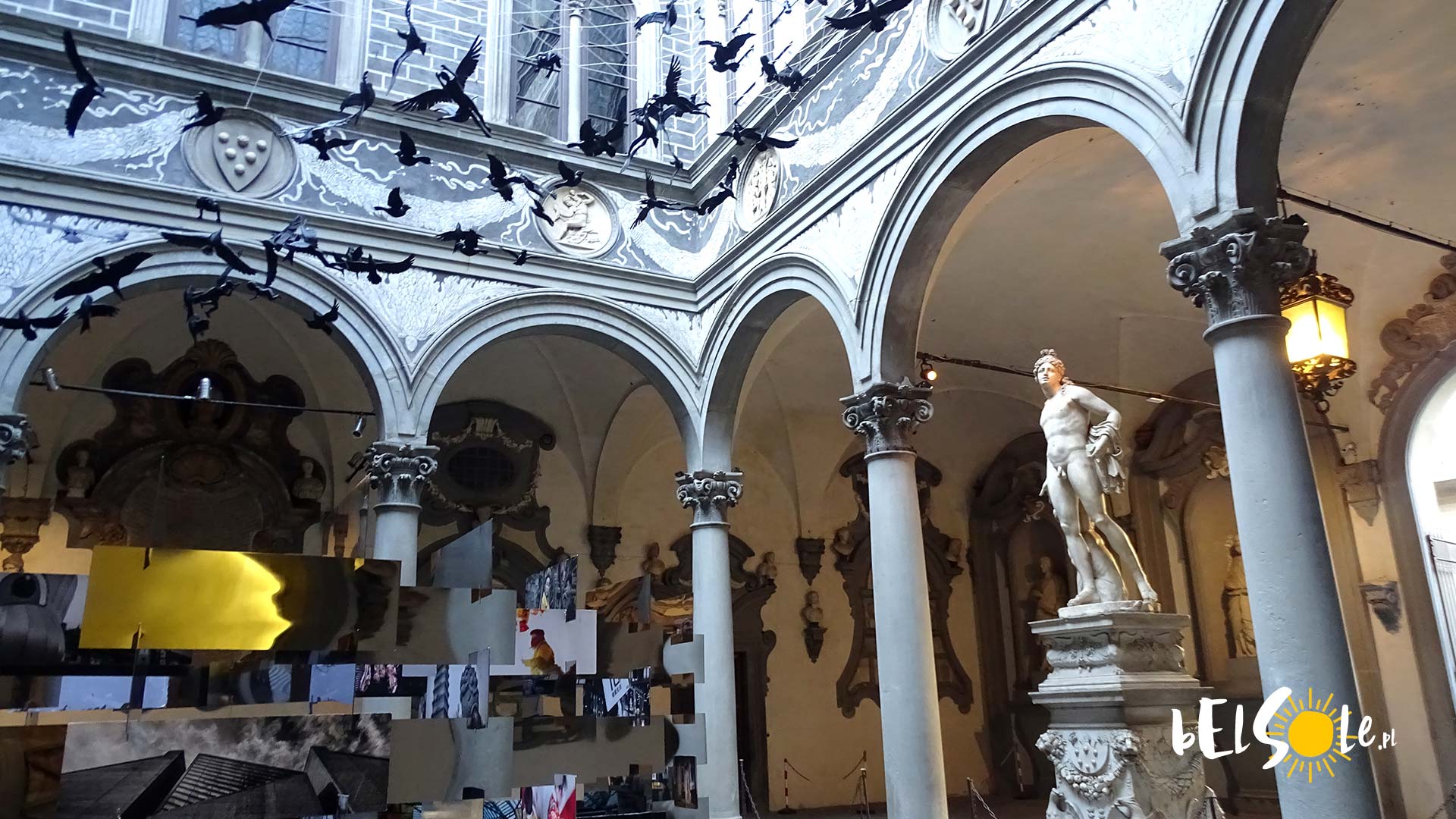
Inside the building, tourists will find that there are two halls available for viewing. First is the Magi Chapel, where we can find the magnificent, three-part Benozzo Gozzoli fresco, and the di Luca Giordano hall, walls of which are decorated with frescoes showcasing the apotheosis of the Medici family.
Ever since the 16th century, the palace is also home to a library, which holds many incredibly precious exhibits, including the manuscript of Dante’s Divine Comedy. The place’s commonly referred to as a Cradle of the Renaissance, not just because of its architecture, which initiated a trend in building styles, but also because of the family responsible for setting up their dwelling in this particular spot. The family which left such a significant mark on the art and culture of our world.
The Gallery of the Academy in Florence
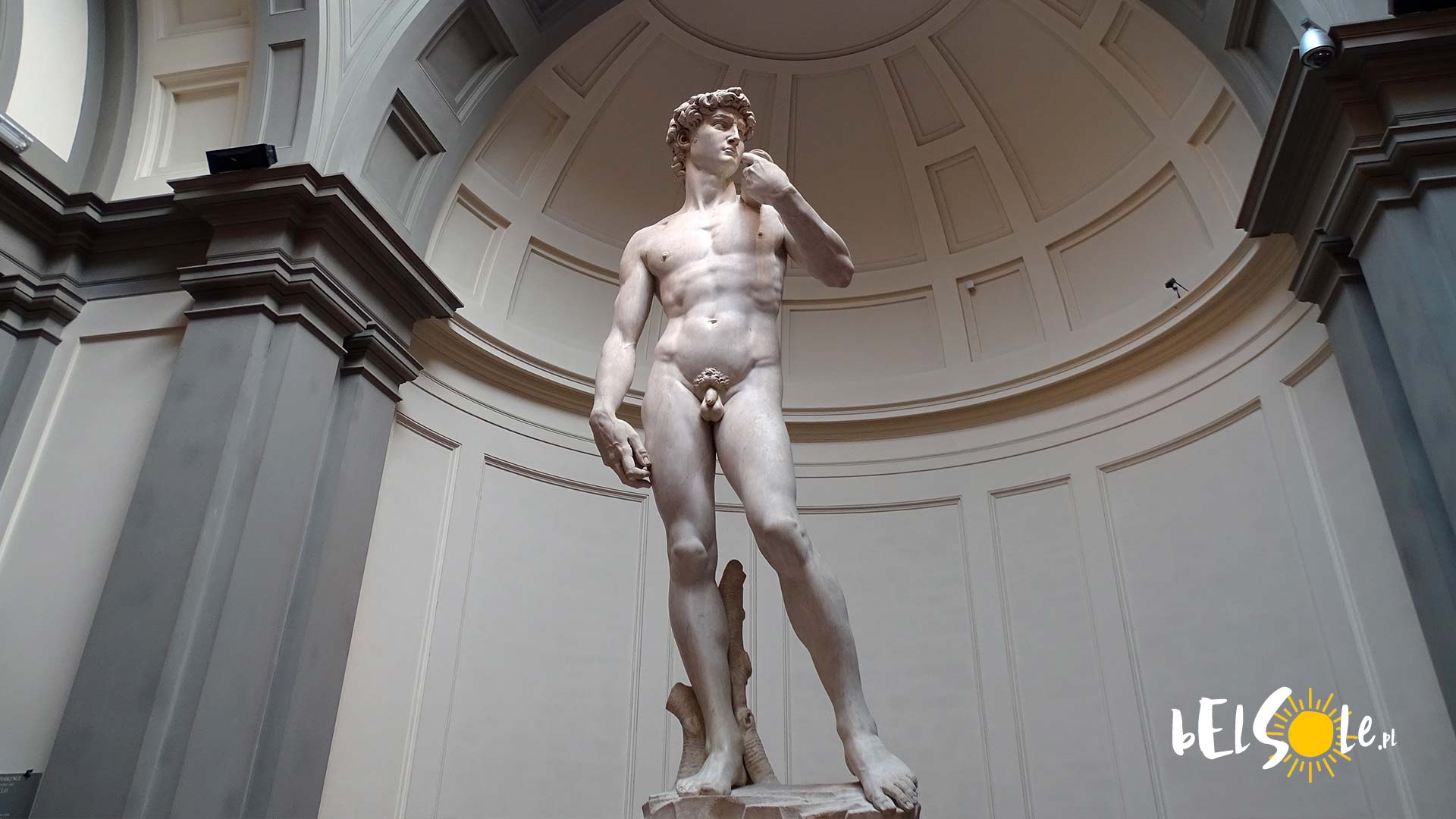
The gallery came to be in the 18th century, thanks to prince Leopold. It’s one of the three must-see museums in Florence, alongside the Uffizi Gallery and Museo di Palazzo Vecchio. The Academy Gallery, although filled with art pieces gathered from the period of 13-16th century, is most famed for the original sculpture of David, made by Michelangelo when he was merely 26.
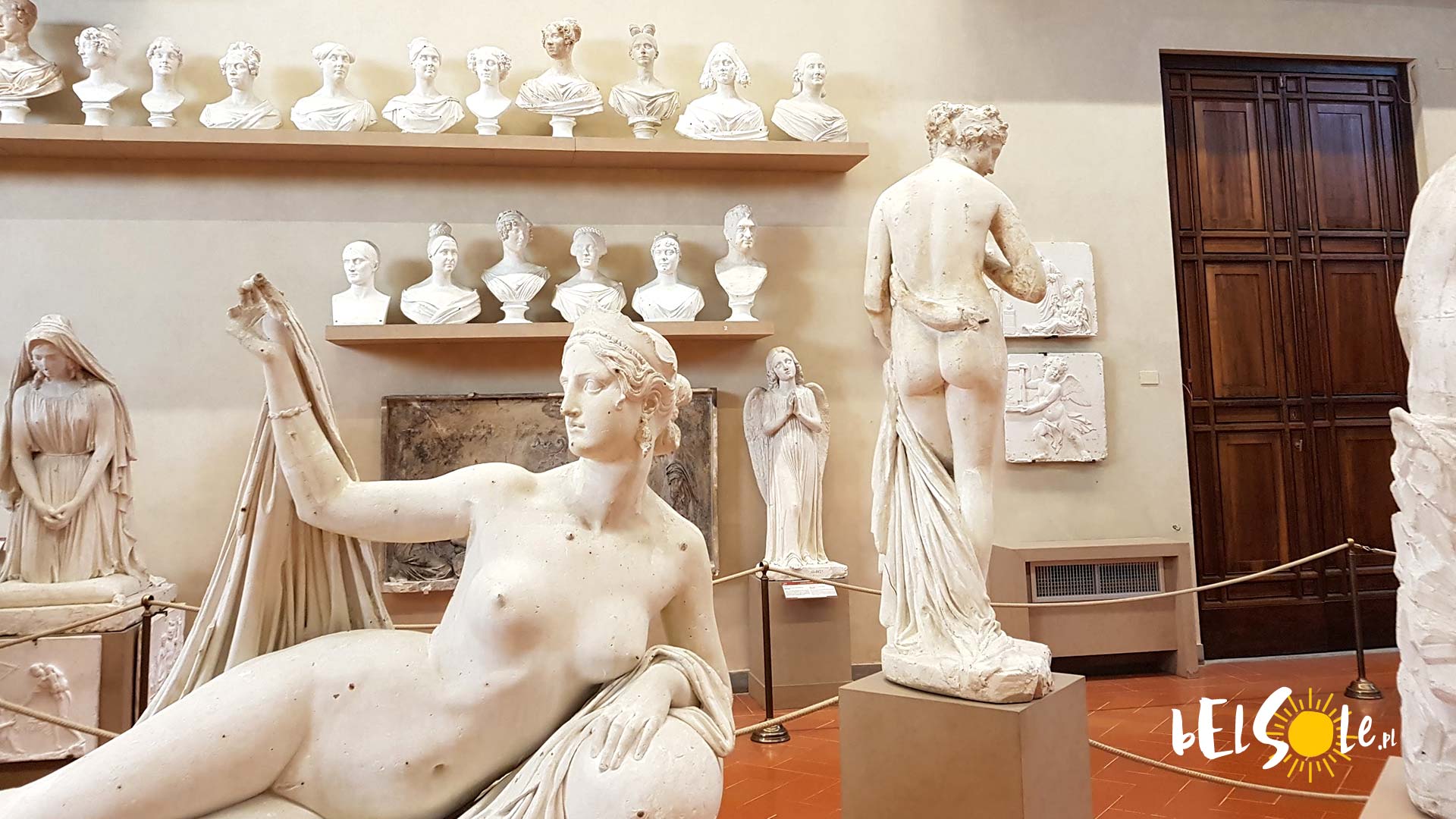
Additionally, we can admire the unfinished Slaves of Buonarotti and the original Kidnapping of the Sabine Women by Giambologna. The ticket price is identical to the Uffizi Gallery, 20 EUR for a standard ticket and additional 4 EUR for the online reservation.
Museo di Palazzo Vecchio
The last museum on the ‘must-see in Florence’ list. It is said, that the building could very well function as the town hall of Florence, all thanks to a very specific, fascinating architecture style.

Built in the 13th century, with a sandy colour, has a huge tower on top, with a clock and battlements. On the courtyard is a copy of a fountain with a sculpture of Verrocchio, who was Michelangelo’s teacher. You can also see the copy of Michelangelo’s David here, the Fountain of Neptune and a statue of Cosimo I.

Ponte Vecchio
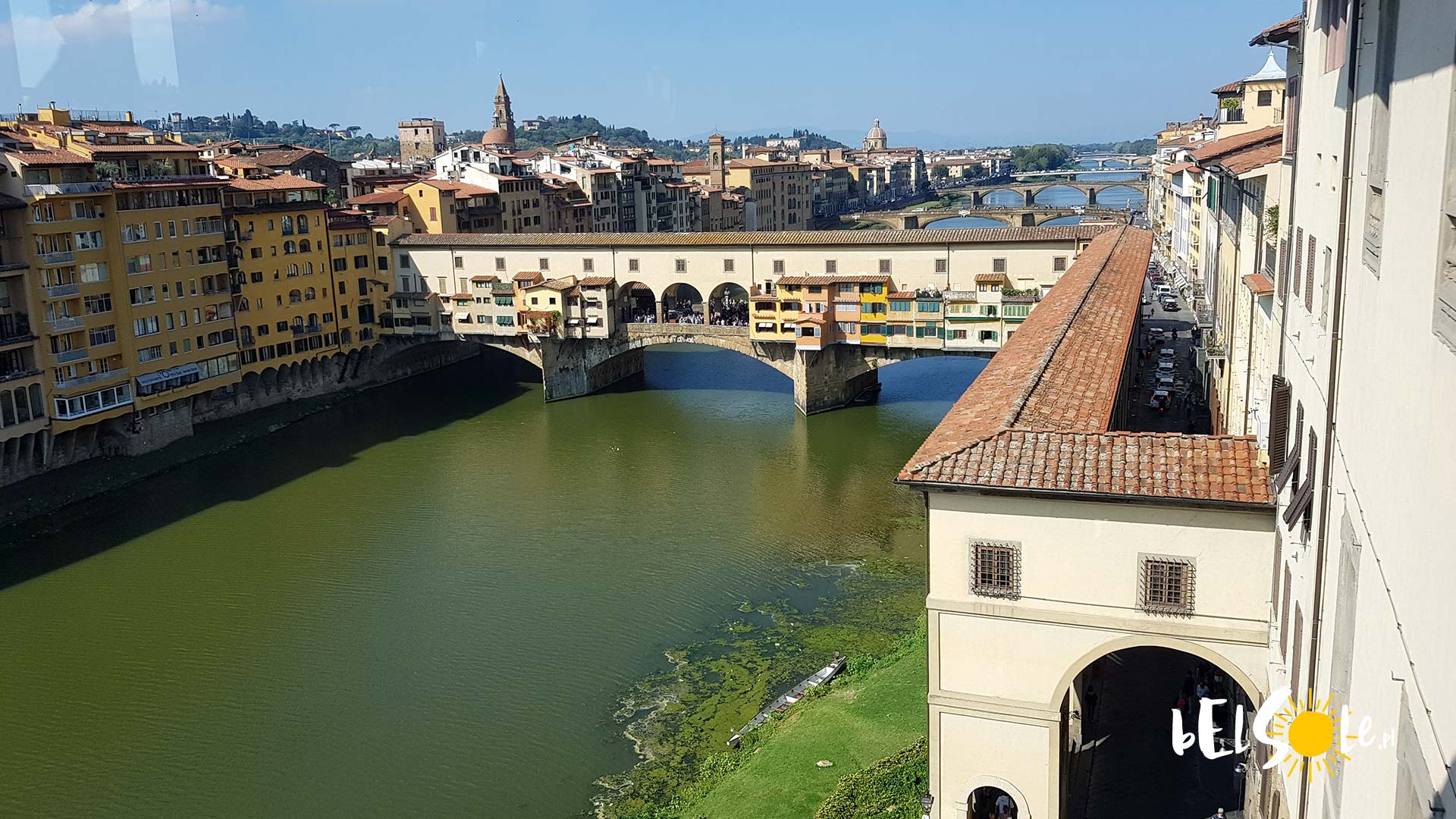
When in Florence, you should, without a doubt, take a walk across the so called Goldsmith Bridge. And although it’s completely free to walk through, the various jewelry stores across it are sure to catch an eye, perhaps making it more costly than originally anticipated. The bridge was built in the 13th century and was the first bridge in Florence. Currently it is regarded as probably the most beautiful and most photogenic one.
Its charm can be most certainly attributed to the passage built across the bridge, ordered by Prince Cosima. The goal of such an extension was to allow the Prince to freely get from the Uffizi Gallery to the Pitti Palace, no matter which season.
Nowadays, it’s one of the default destinations of the Florencian tours, where tourists can buy not just the jewellery but also the cheaper, more typical souvenirs. Interestingly enough, till the 16th century, the bridge was also home to butchers, but because of the filth they brought, they were thrown out. During the World War II, it was the only bridge in the city that avoided bombings.
The Pitti Palace

The Pitti Palace is commonly regarded as the secondary palace of the Medici family. In truth, it wasn’t built by them, instead they bought the place. But the mere opulence and the vast variety of art pieces collected inside, make this yet another obligatory destination in Florence, even though the building may not look as promising on the outside. Designed by Brunelleschi, the palace’s build was ordered by the Pitti family, which went bankrupt because of the rivalry between them and the Medici family. The place was then bought by Cosimo I.
Inside, we can find incredible art collections. It’s for the most part the collection of the Medici, including the pieces from the likes of Rafael, Caravaggio or Titian. There’s also the Gallery of Modern Art, the Carriage Museum or the Museum of Silver. For those interested in visiting the place, the Royal Apartments are also available for viewing. The cost equals roughly 16 EUR per person.
The Boboli Gardens
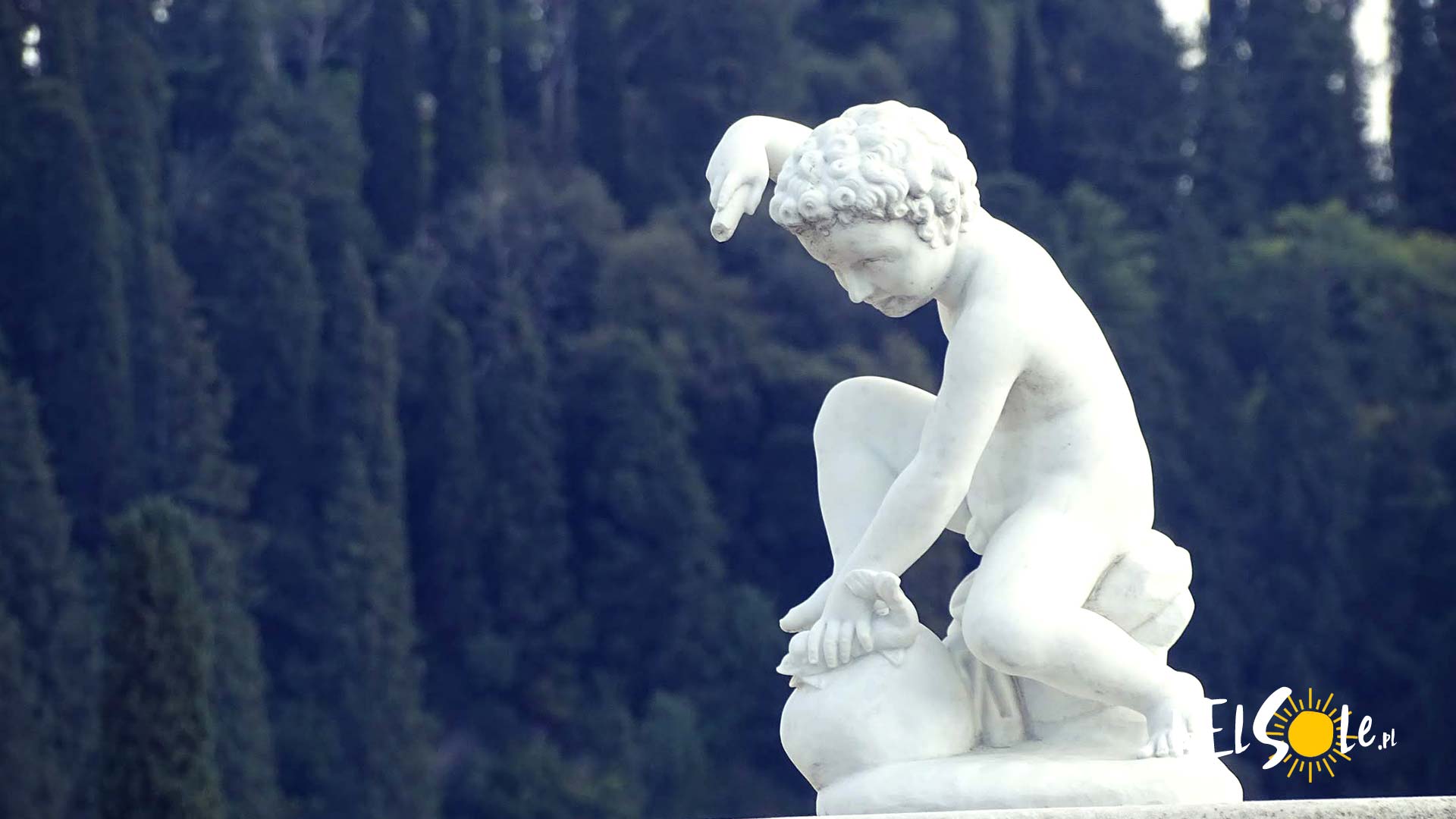
When in Florence, it’s quite worthwhile to take a break from the constant museum viewing sometimes, and visit the equally wondrous gardens, which also serve as a somewhat characteristic part of the city. On the list of the most beautiful ones, the Boboli Gardens is a must-include.
It’s a garden designed by Cosimo I, located right next to the Pitti Palace. Its characteristics include a huge count of fountains, antique and renaissance statues and artificial grottos.
The Boboli Gardens are one of the most popular resting places for the Florencian citizens. It’s a perfect place to relax after a long day of nonstop museums and palaces, and prepare for the next, often just as intensive, day.
One of its major upsides, when compared to the other gardens in Florence, is its position, giving us a spectacular view of the whole city. And although the pricing may seem a bit high at roughly 10 EUR, it’s undoubtedly a good deal nonetheless.
The Santa Maria del Fiore Cathedral
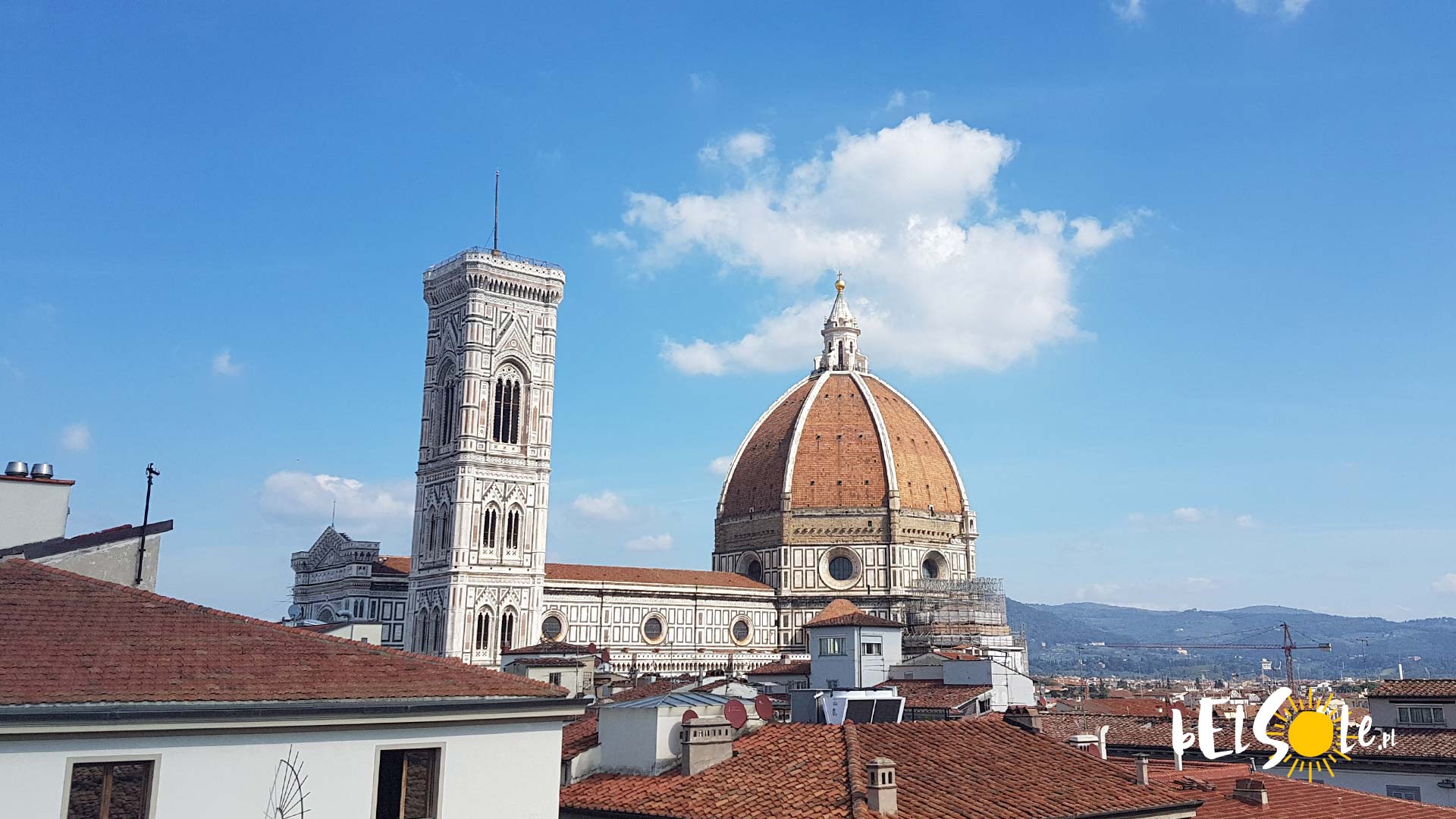
The Santa Maria del Fiore Cathedral is regarded as one of the symbols of Florence, situated right in the centre. Originally designed by Arnolfo di Cambio, the building process took 6 centuries to finish. Nowadays, it’s regarded as one of the five most beautiful sacral buildings in Europe and the fourth biggest church in Western Europe. It’s a monumental cathedral, sure to impress with its architecture.

The Cathedral’s facade is made of white, red and green marble. The cathedral’s dome, designed by Brunelleschi, has had a cupola added to it, which you can enter and visit the observation deck, from which you can admire the city’s vast panorama. When looking at the cathedral, it’s hard not to notice the bell tower, designed by Giotto, with various statues on its sides, most of which were made by Donatello. Here, you’ll also find the oldest building in all of Florence – the Baptistery.
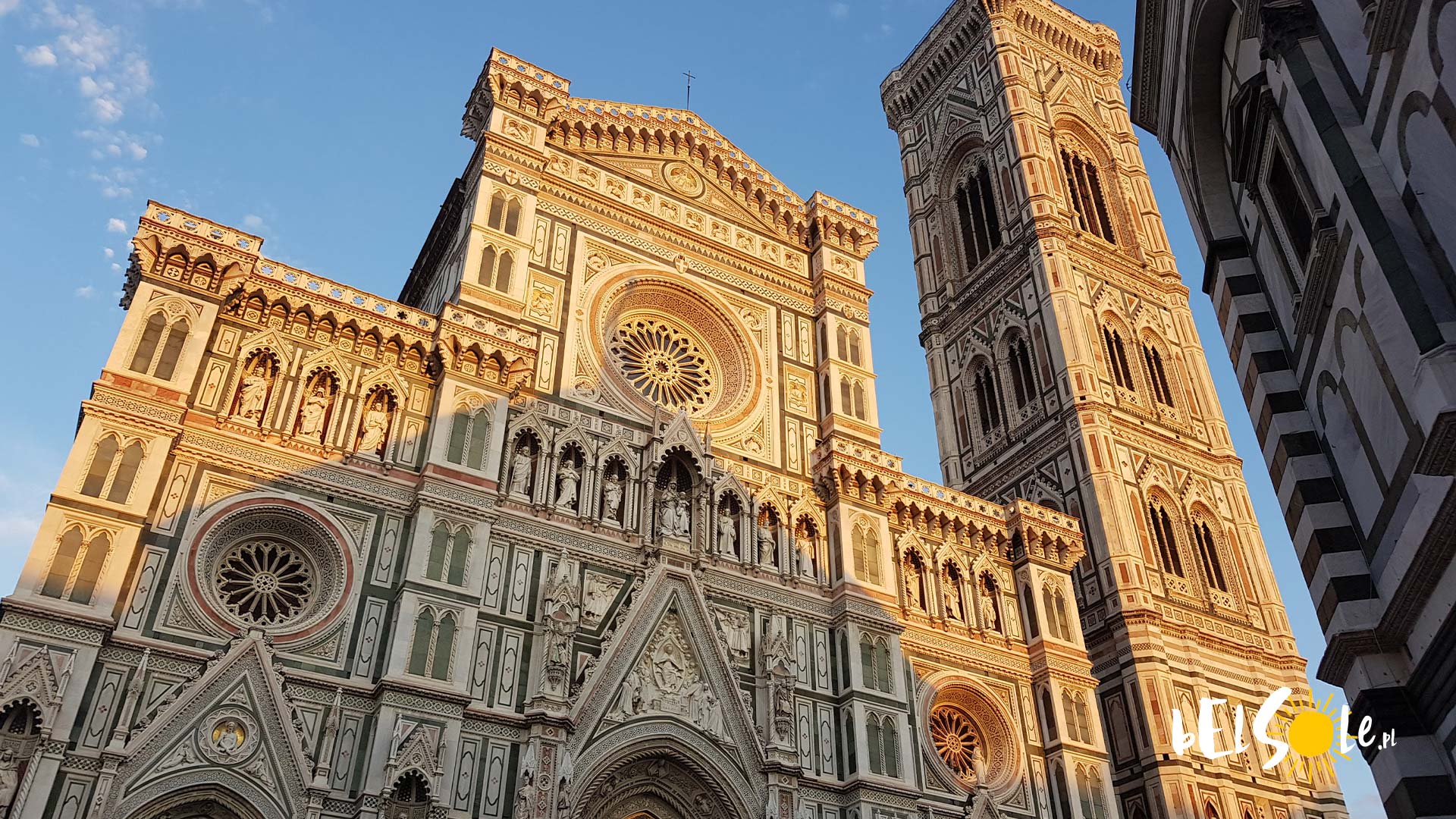
Ponte Santa Trinita
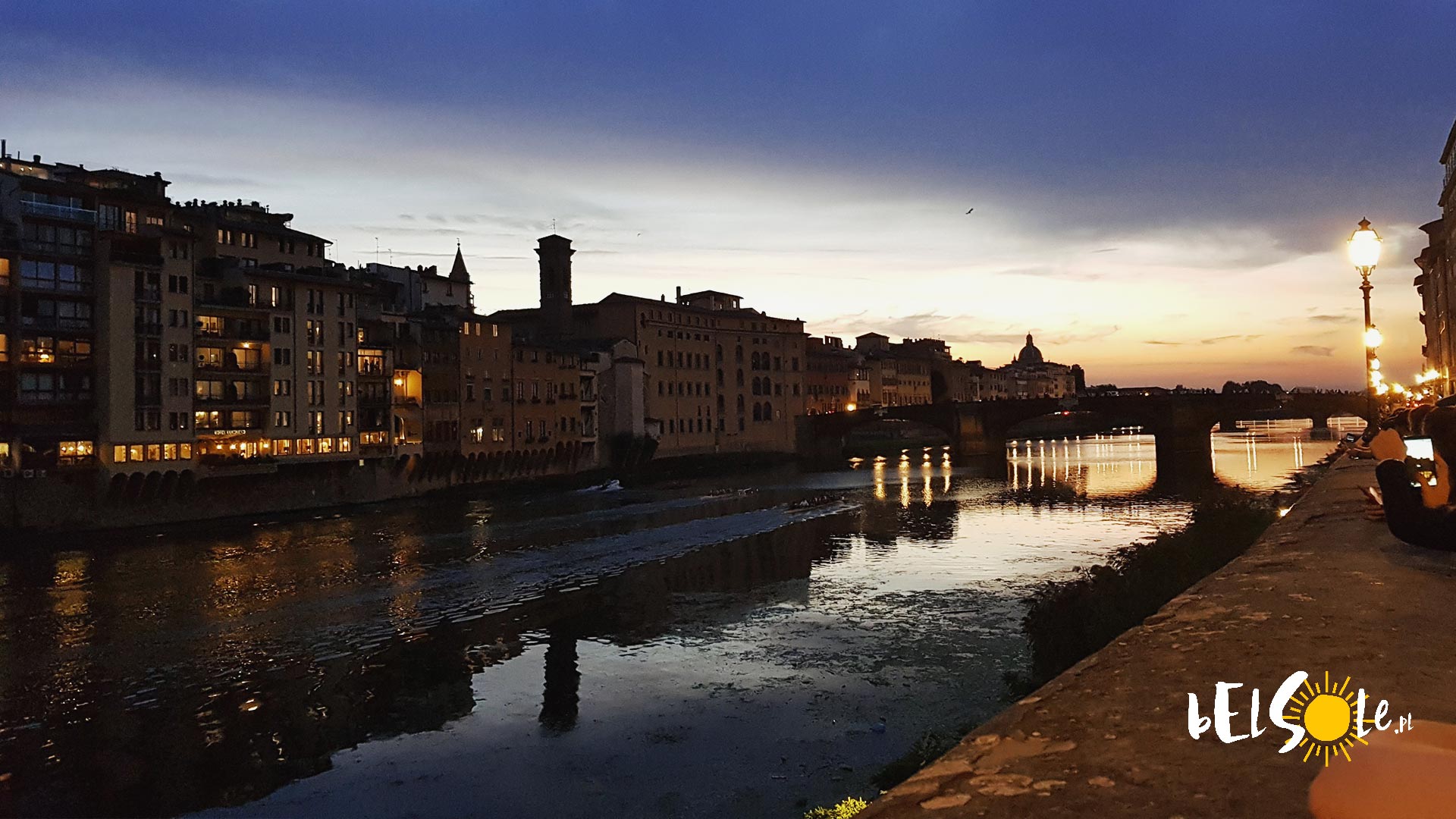
If you’re looking for some rest from the seemingly omnipresent crowds of tourists, and you want to visit some less well known monuments in peace, the Via Calimala street is a place for you. It’s an artistic alley, where street artists create their pieces all the day long. Here’s also where you can find the Santa Trinita Bridge, which offers a magnificent view of the Vecchio bridge.
Santa Croce Church
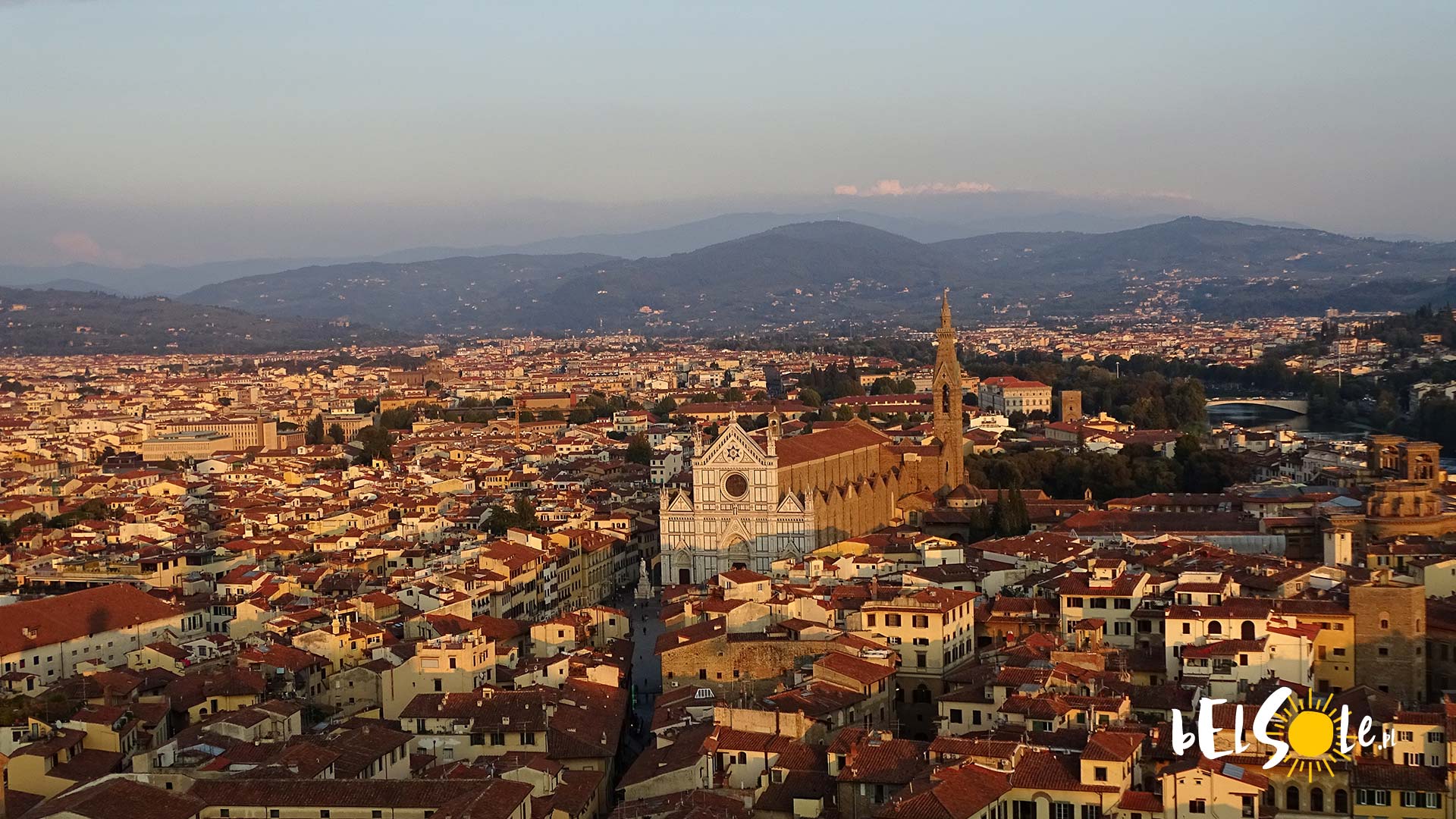
Designed by di Cambio, Santa Croce is a truly monumental basilica, which upon entering, can make us feel like we’re in an art gallery. It’s especially apparent when taking a closer look at the richly decorated walls around the main altar, but even the floor doesn’t disappoint, as we can spot various burial sites of important people to the city. The temple has served as the place for final rest for important inhabitants of the city for over 500 years.
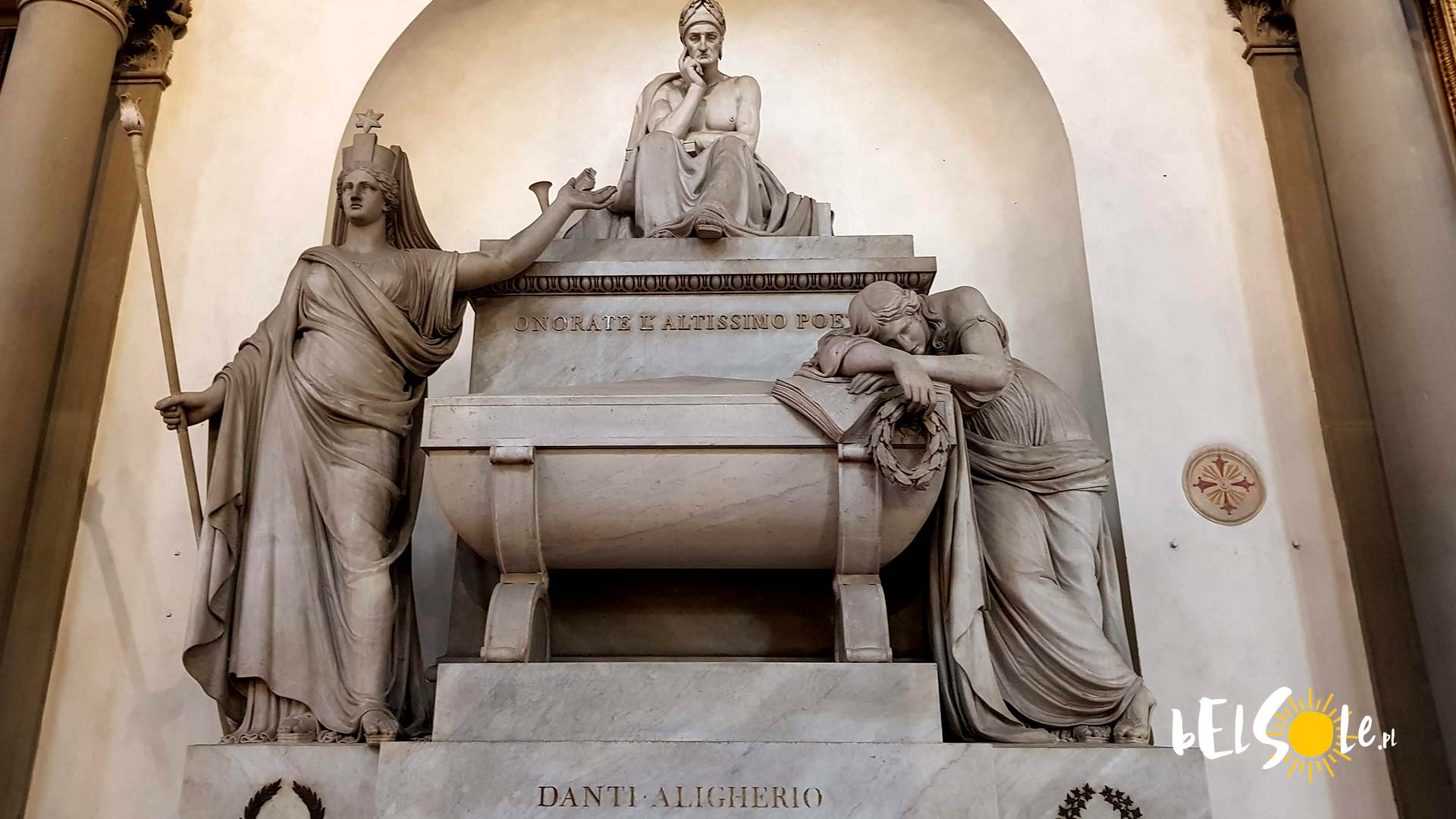
As a result, we can find graves of such incredibly famed figures like Machiavelli, Michelangelo and Galilei.
There’s even a symbolic, empty grave of Dante, who, exiled from Florence, died in Ravenna. Entrance costs 5 EUR. The staff is very strict when it comes to clothing of visitors. You can’t enter in shorts or in a tank top.
Santa Maria Novella
The monuments in Florence are greatly varied, but there are a few you can’t just simply pass on. One example of such a case would be the monastery complex of the Dominican Order. The complex consists of the Santa Maria Novella Basilica, a museum, a courtyard, a cloister and of course the monastery graveyard.

The church’s main appeal is probably the general calmness and silence that we can experience inside, so vastly different to whatever awaits you merely minutes away, on the streets. The inside is heavily decorated with a huge variety of sacral art pieces, like the beautiful frescoes made by Giotto and Domenico Ghirlandaio. There’s an entry price, but it’s only 2-3 EUR.
Museo Novecento
A very unusual place for Florence, as it’s a modern art museum. It’s dedicated to Italian artists from the 20th century. Although it may not be what Florence usually delivers, as there is no renaissance art, it surely does not disappoint. Tickets cost around 8-9 EUR.
Mercato Centrale
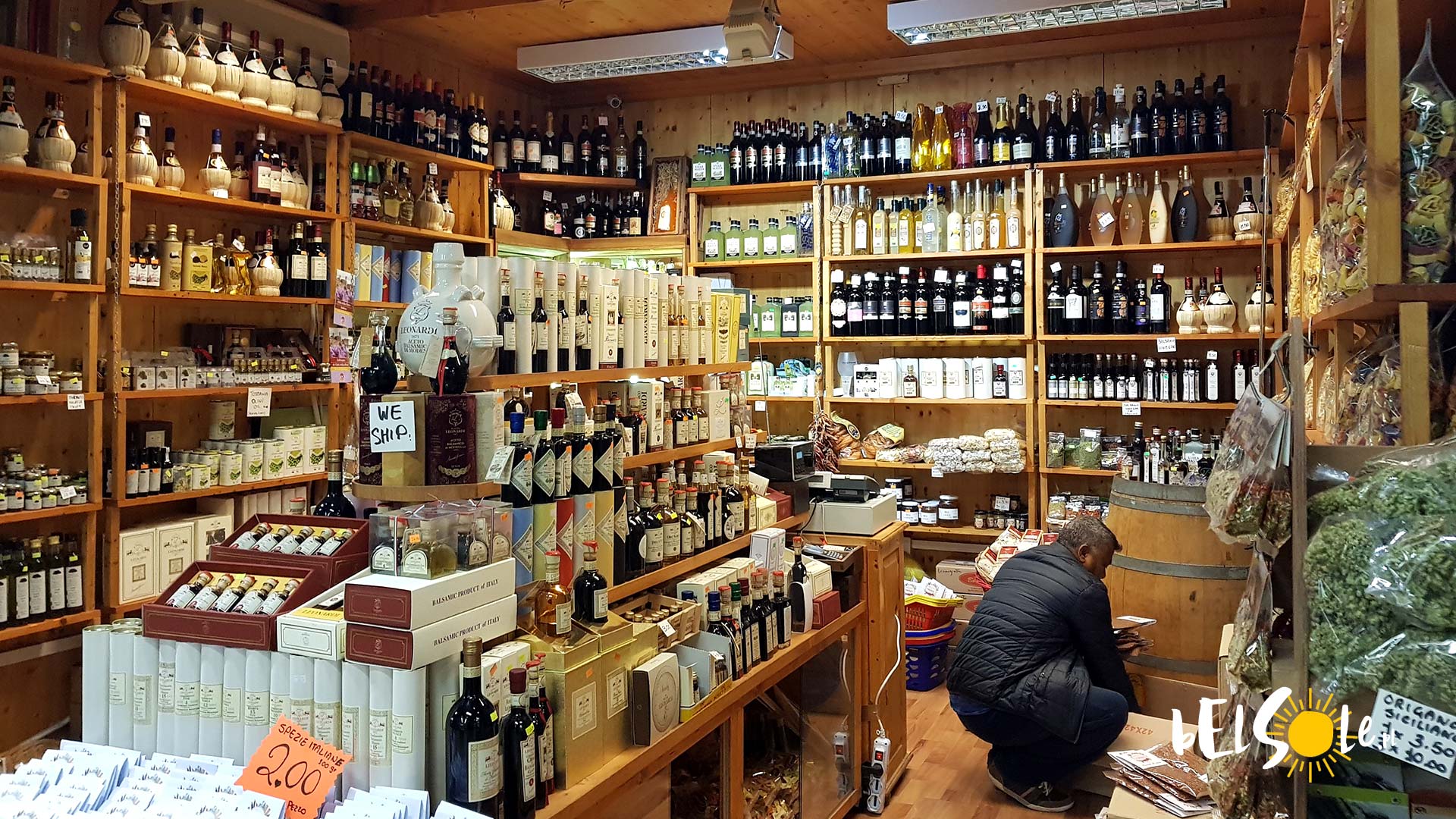
Being in Florence and not paying a visit to the main square of the city is truly a sin. It offers us the chance to buy fresh groceries, local restaurants serving fairly cheap (at least for such a huge tourist city) fresh Italian meals and, most interestingly, it’s not really riddled with tourists, most often you’ll encounter regular inhabitants of the city there.
The Florencian streets
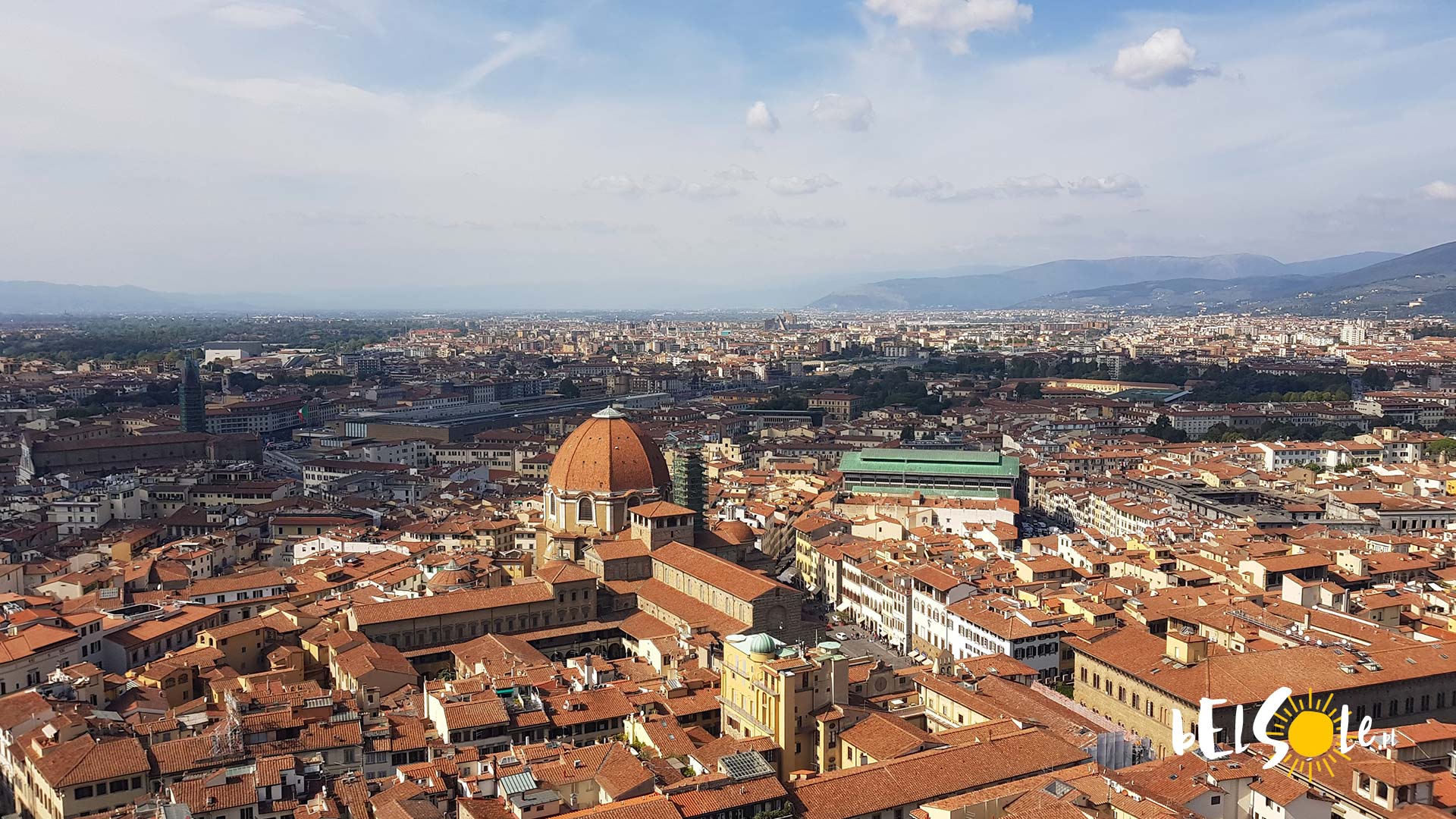
A trip to Florence would be somewhat incomplete, were we to not include the casual strolls down the Florencian valleys. It’s not just the insides of buildings that serve as attractions, not just the monuments and priceless art pieces. It’s the atmosphere of this magnificent city. The cafes, the wonderful restaurants that can serve us these special meals, that taste so wondrously here, and here only.
A few more ‘lesser’ attractions in Florence worth seeing
Here are some additional places to see in Florence that we didn’t want to include on the main list:
Palazzo Strozzi
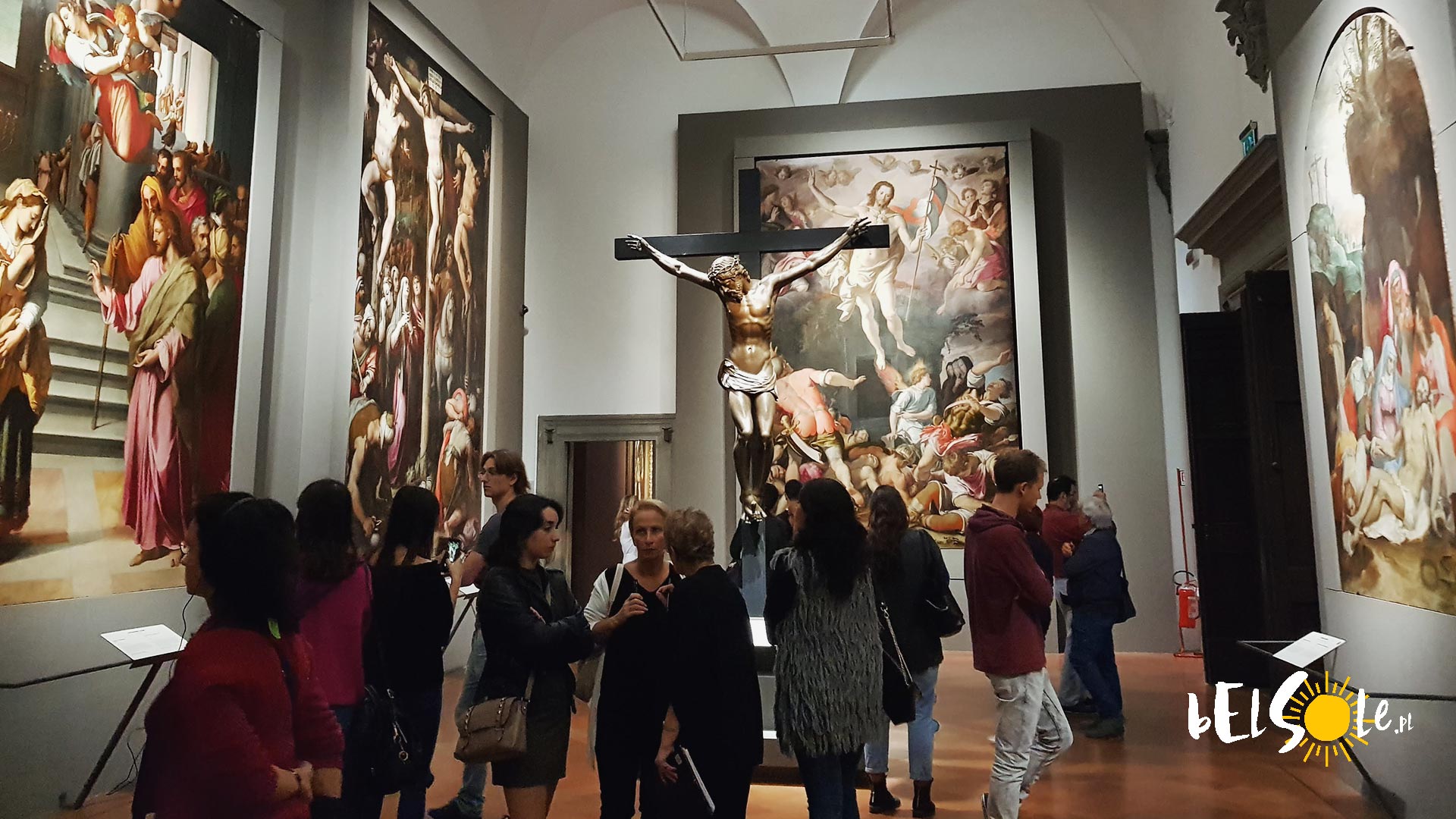
Palazzo del Bargello
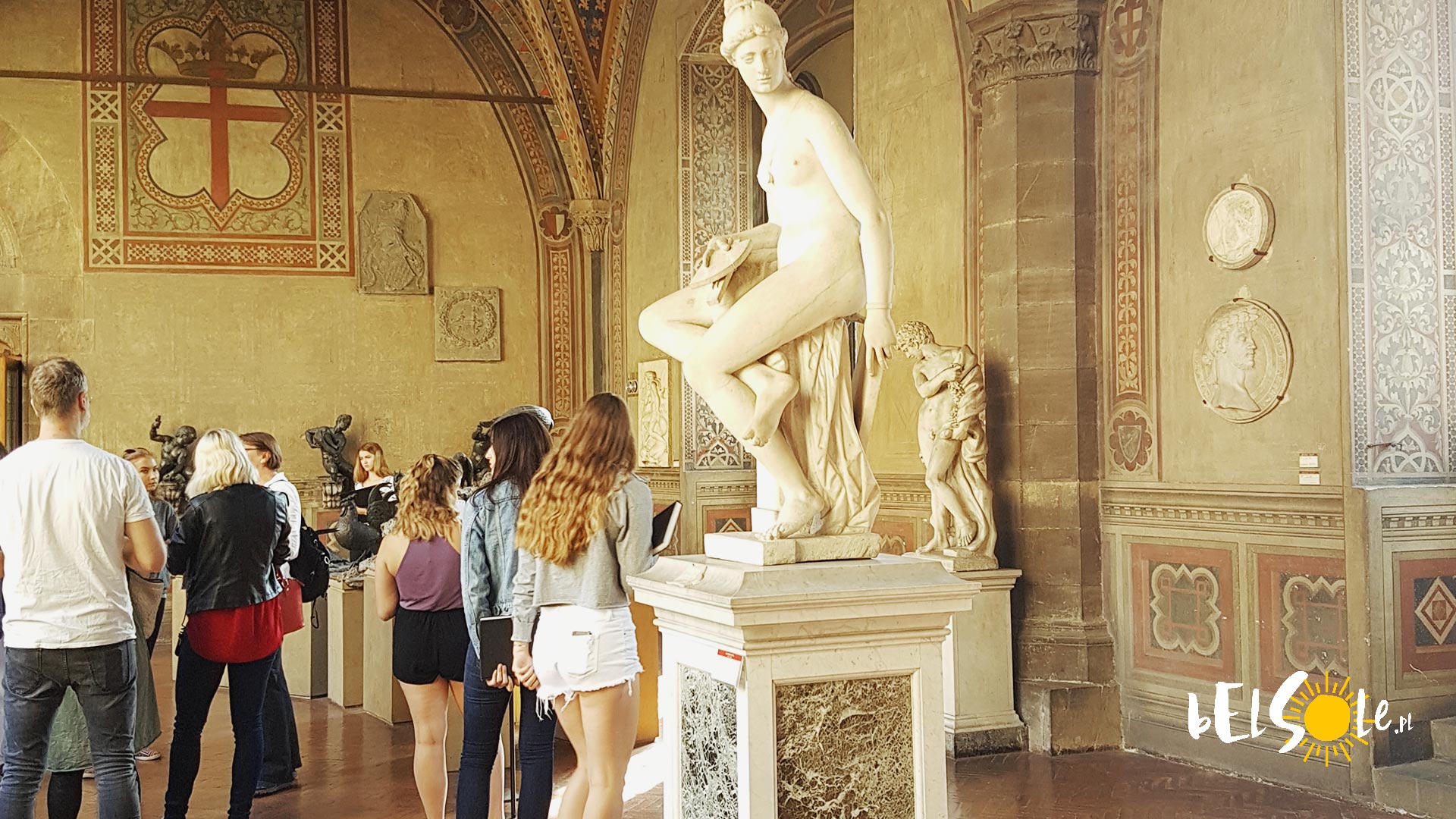
the del Porcellino Fountain / “The bronze pig of Florence”

Tuscan Hills surrounding Florence
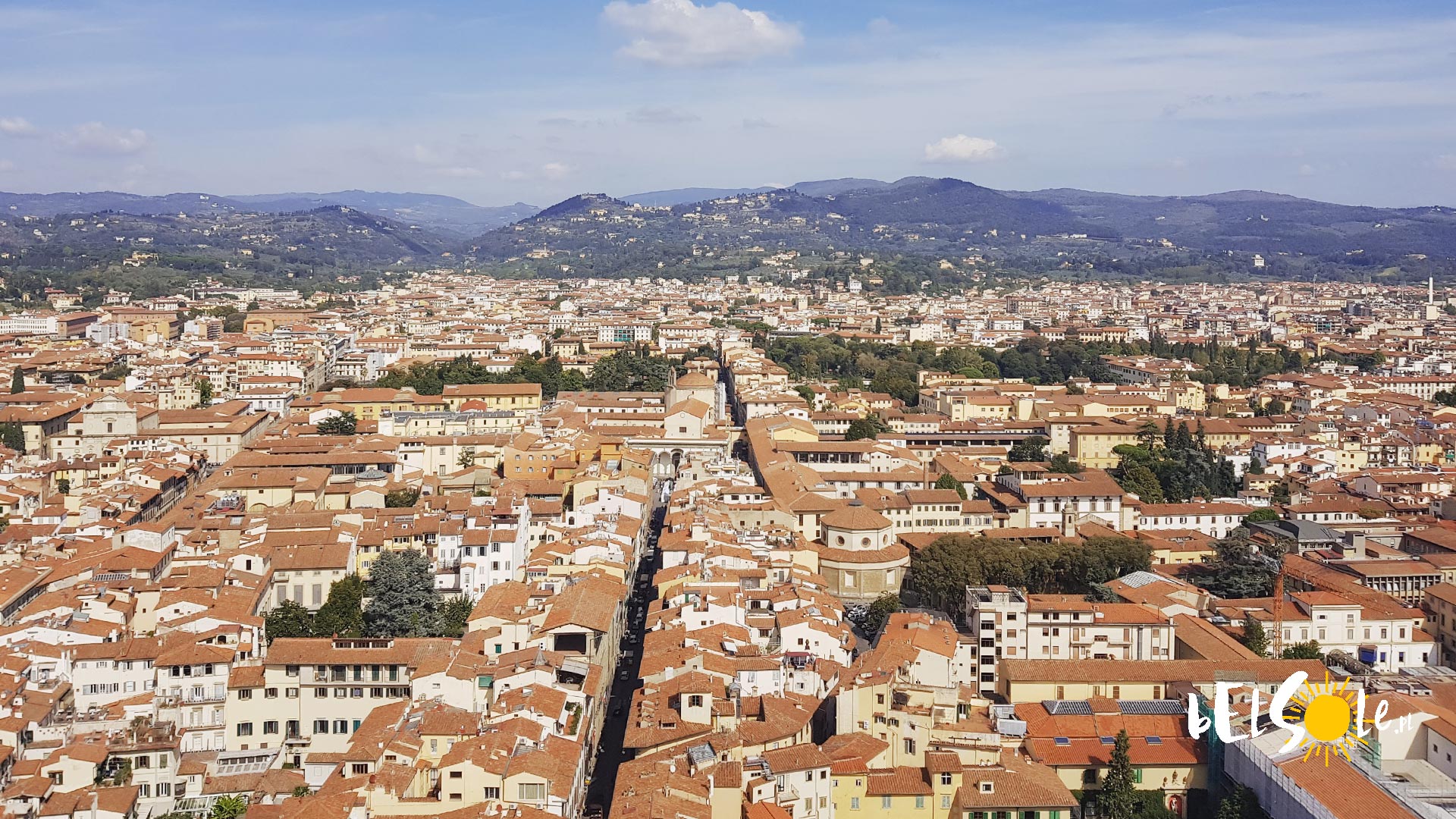
The Great Synagogue
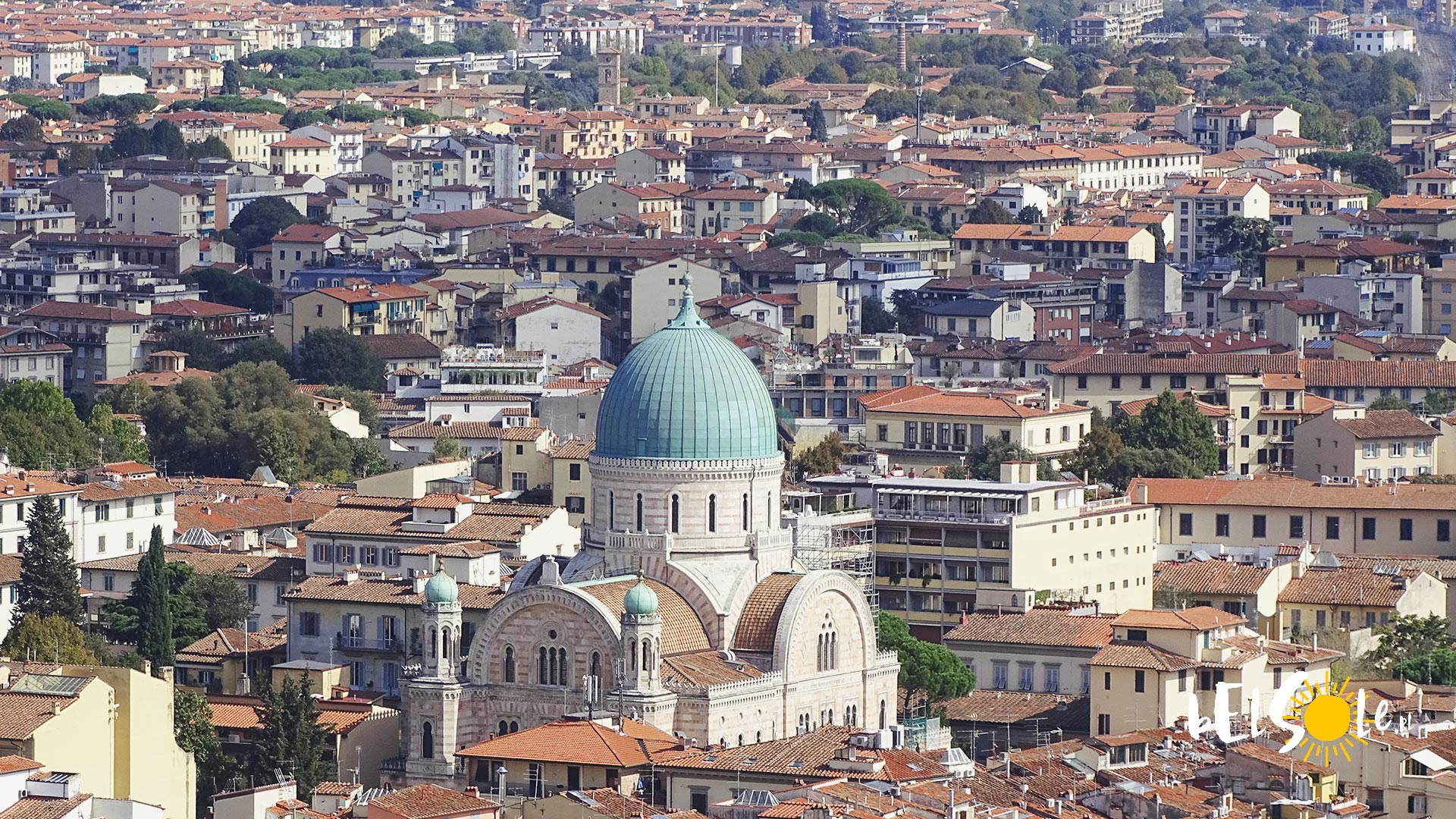
Clet’s street signs in Florence
